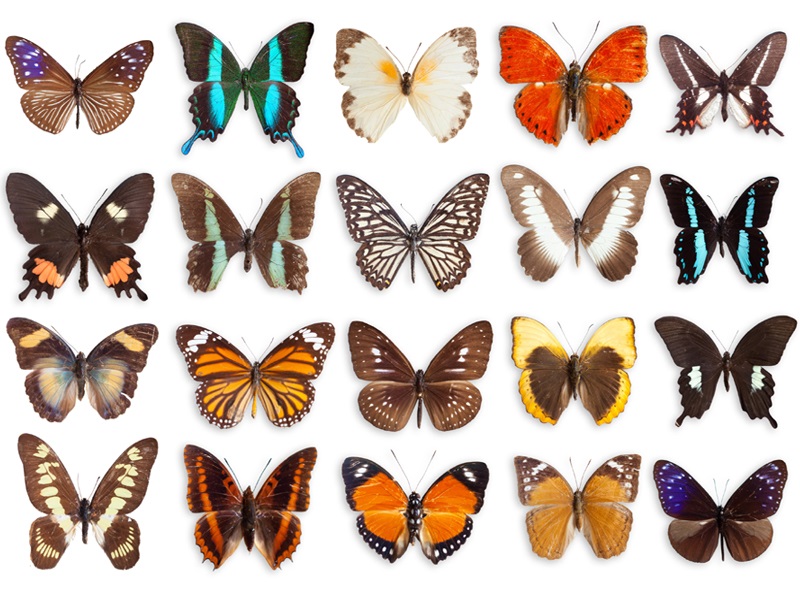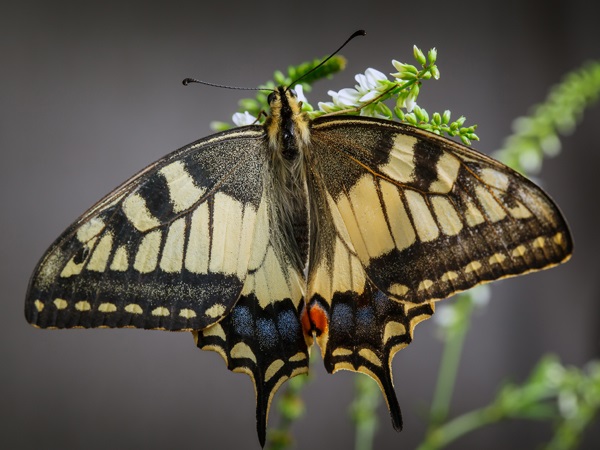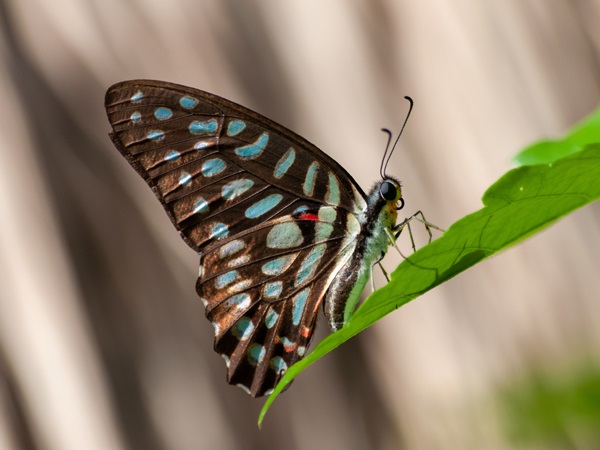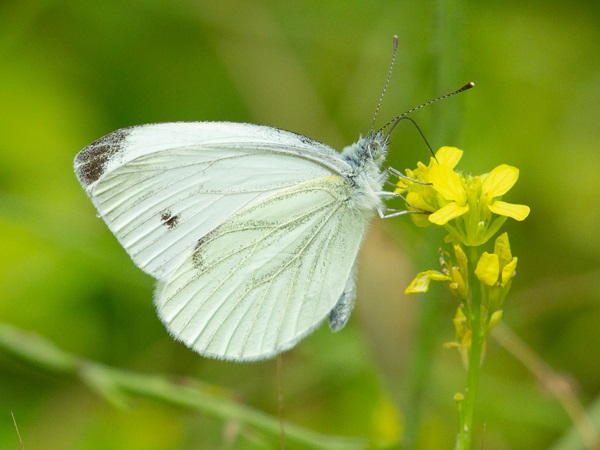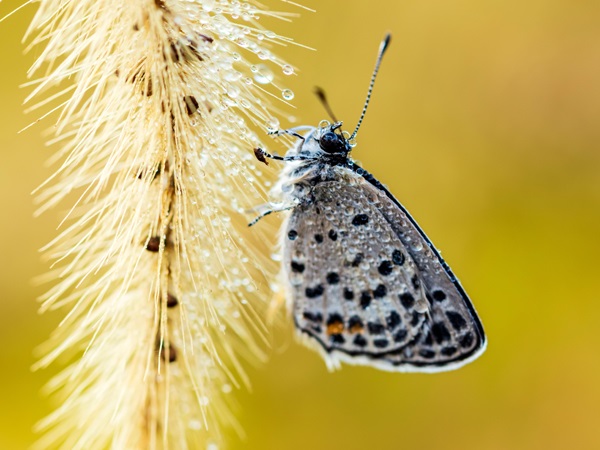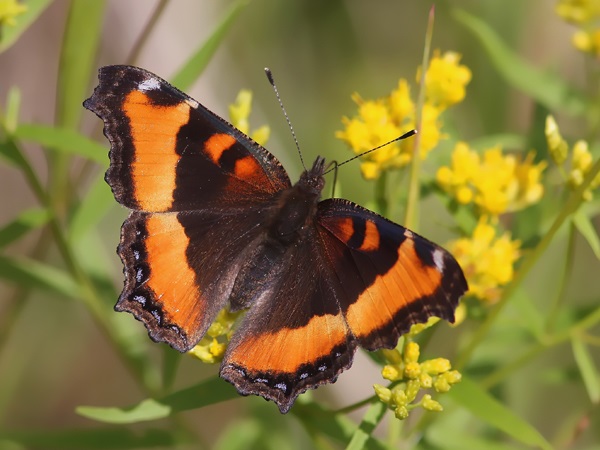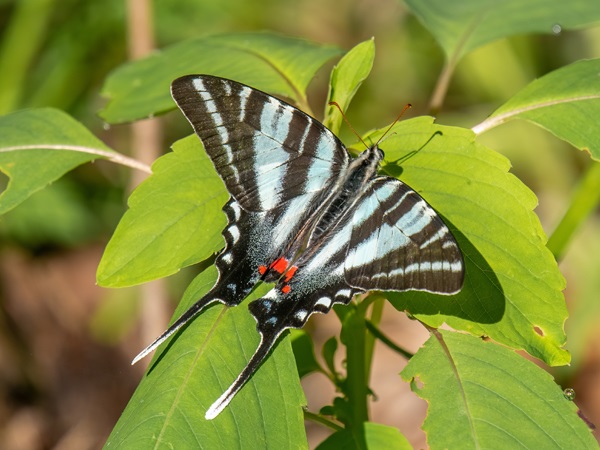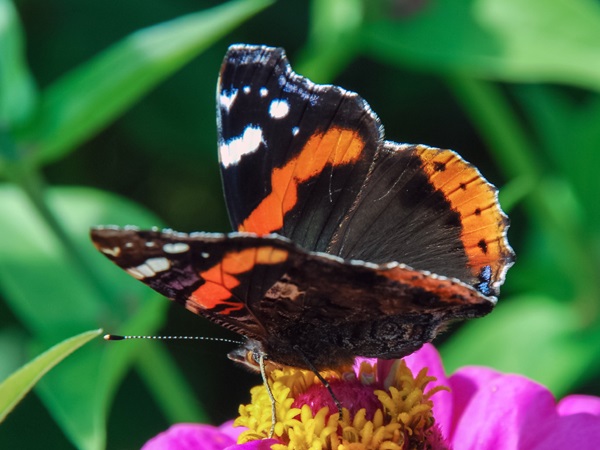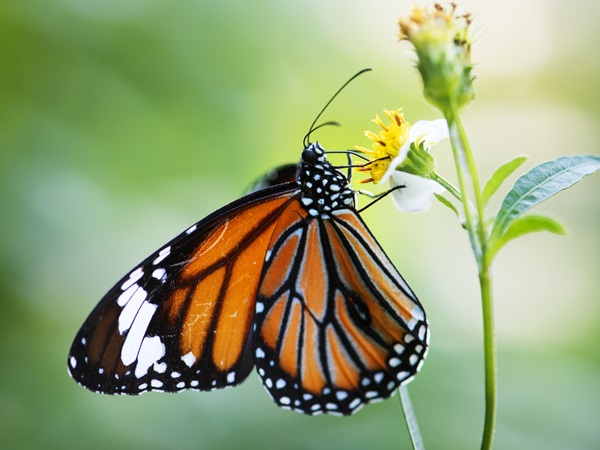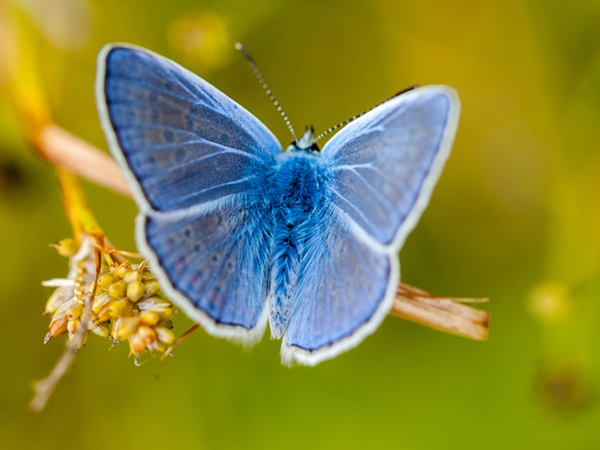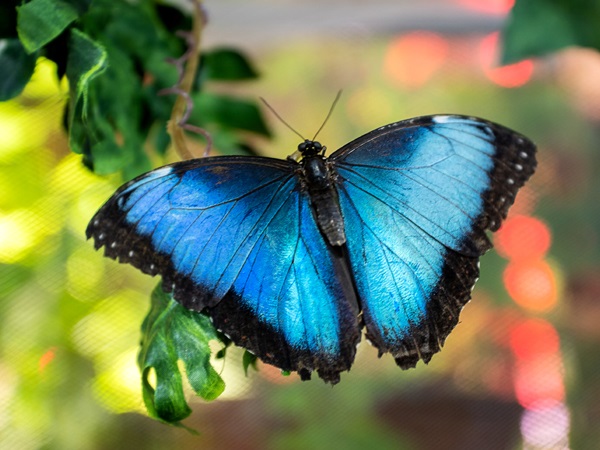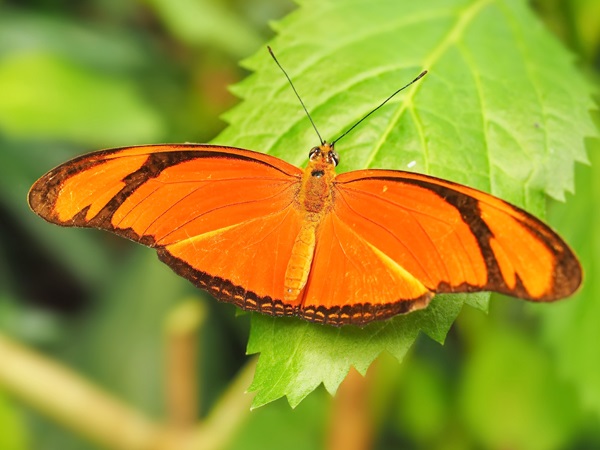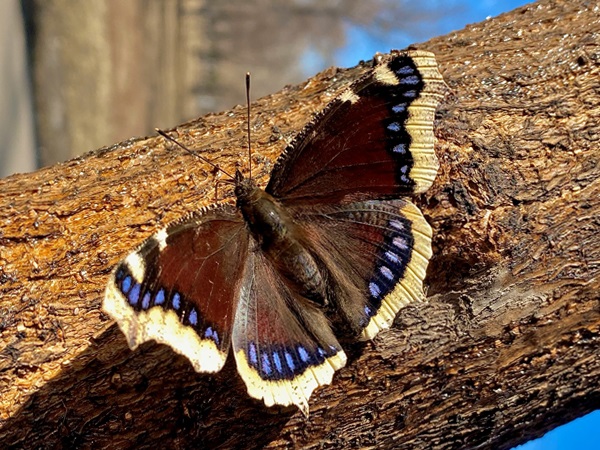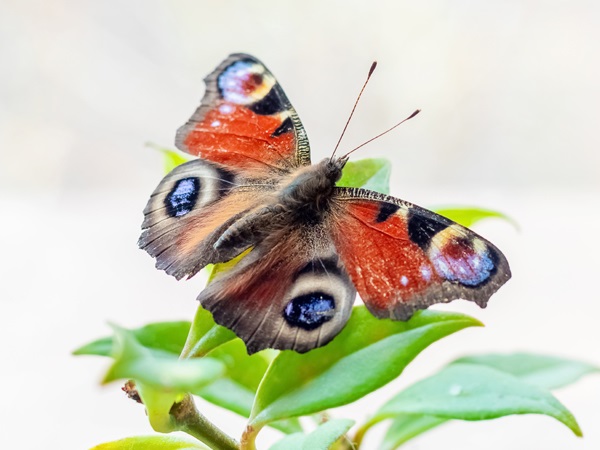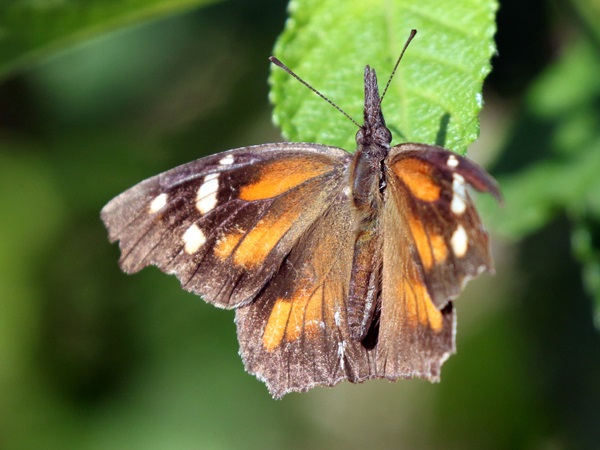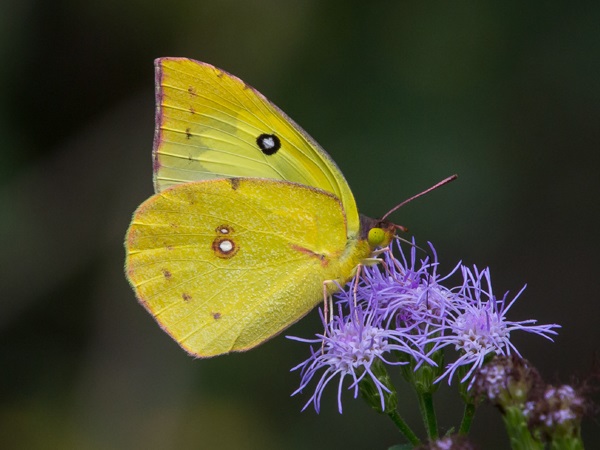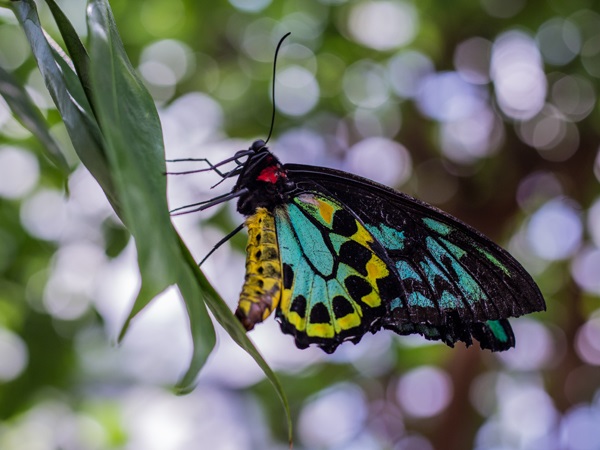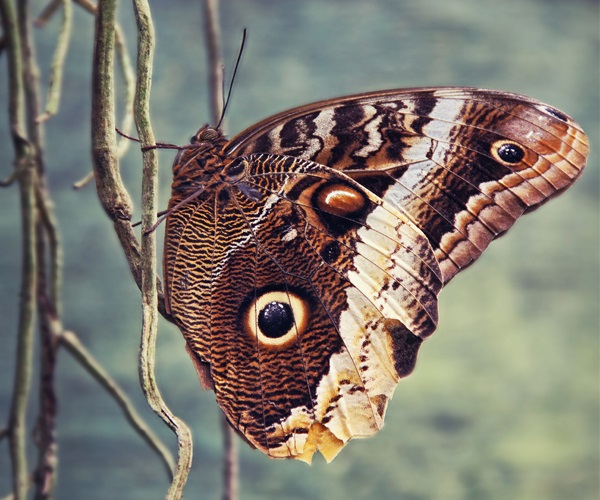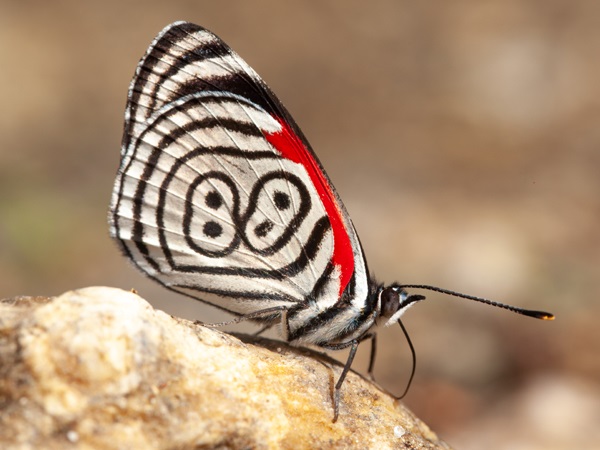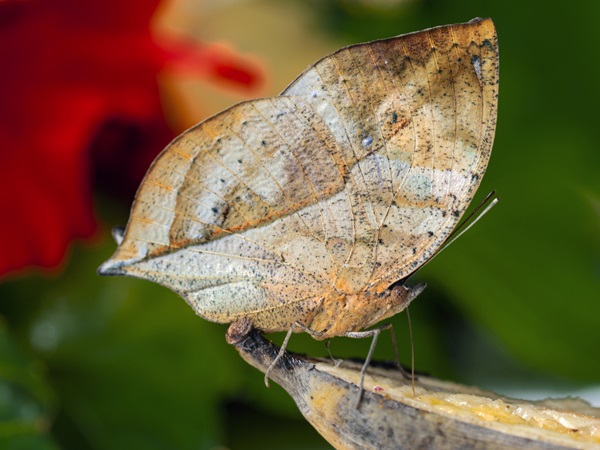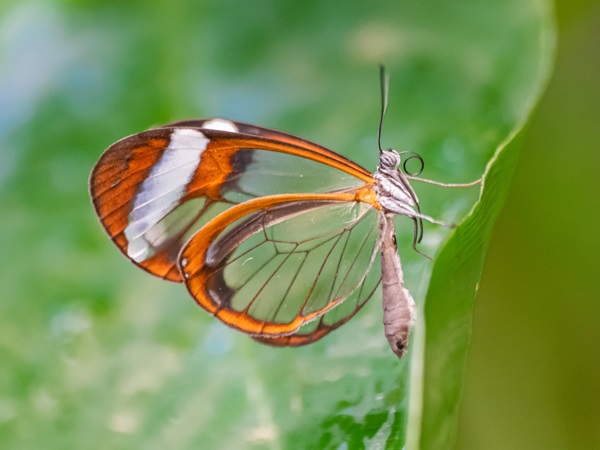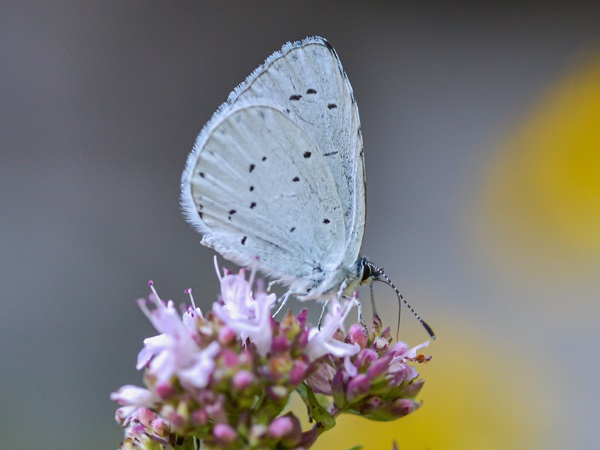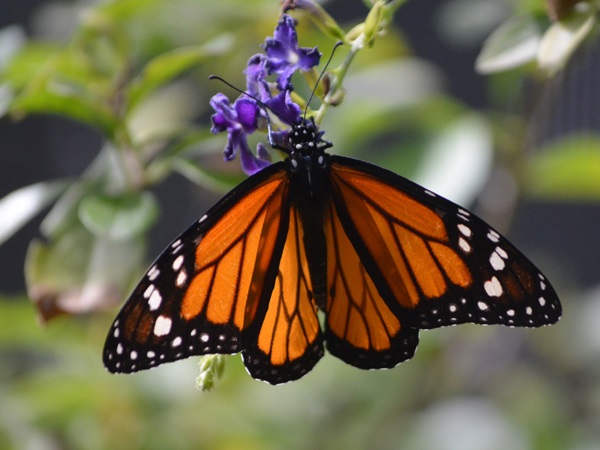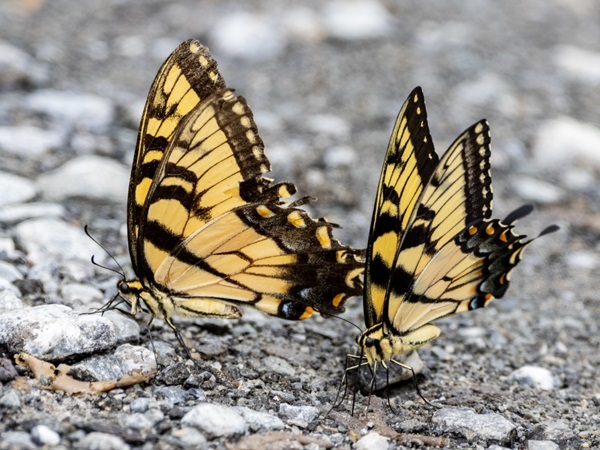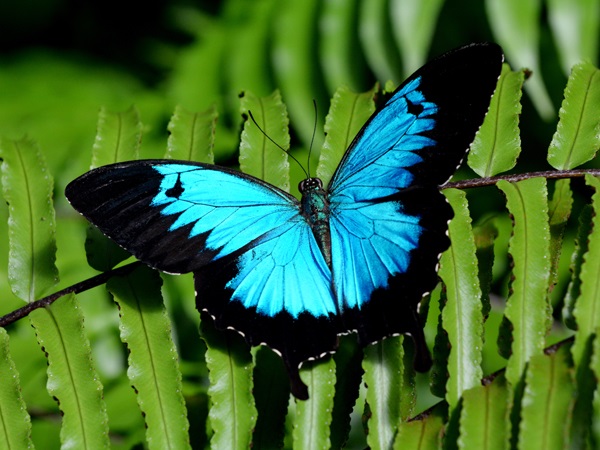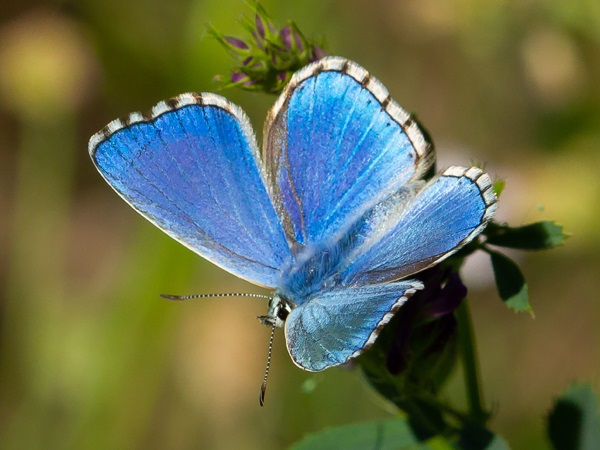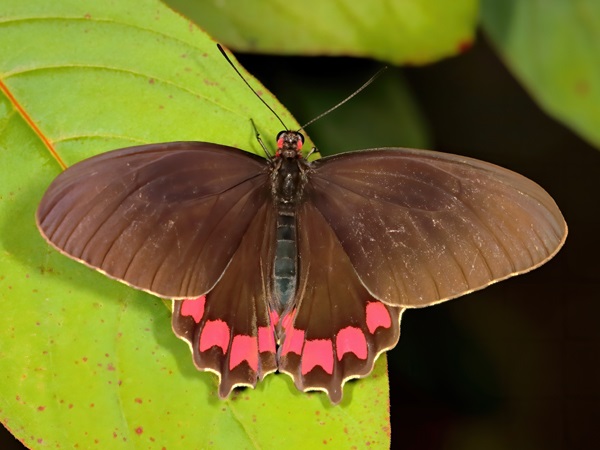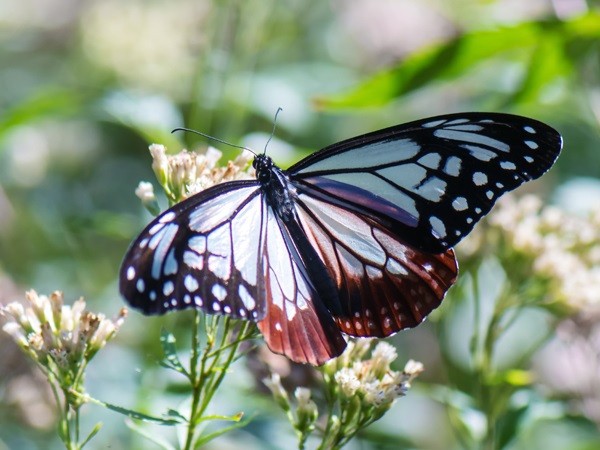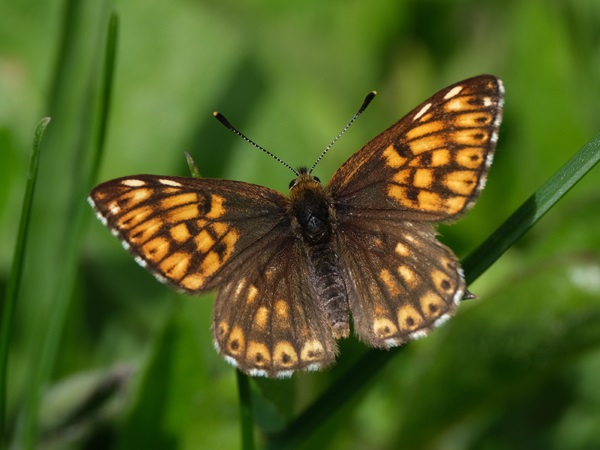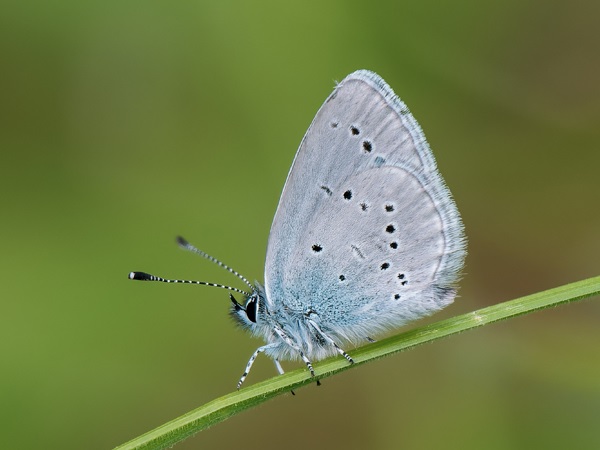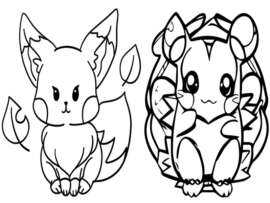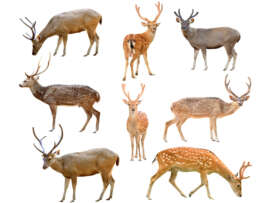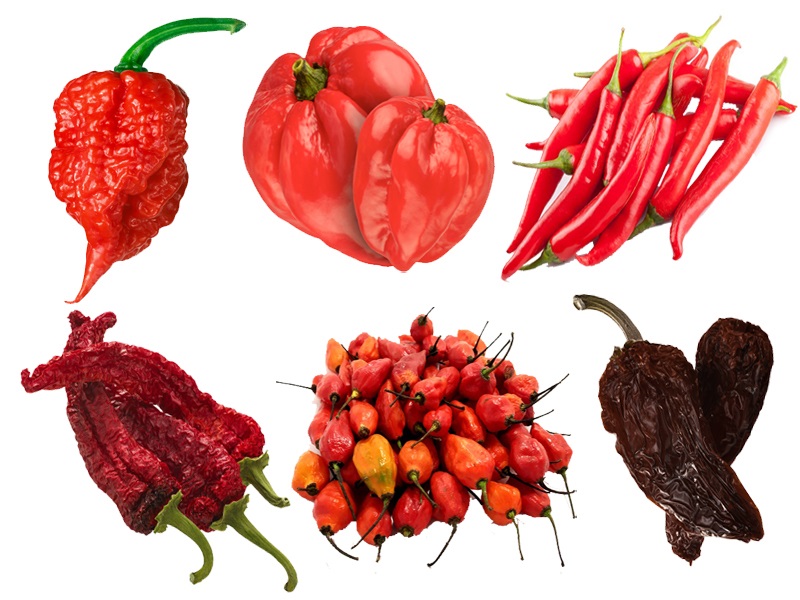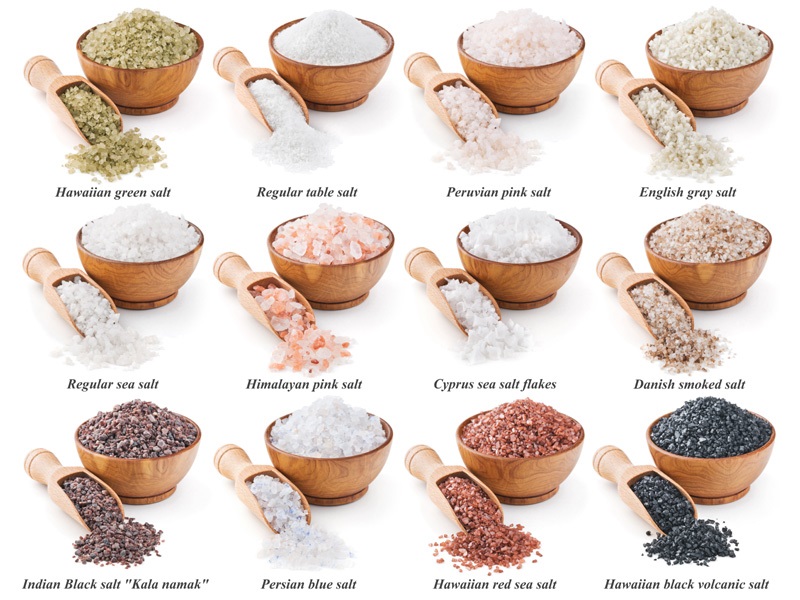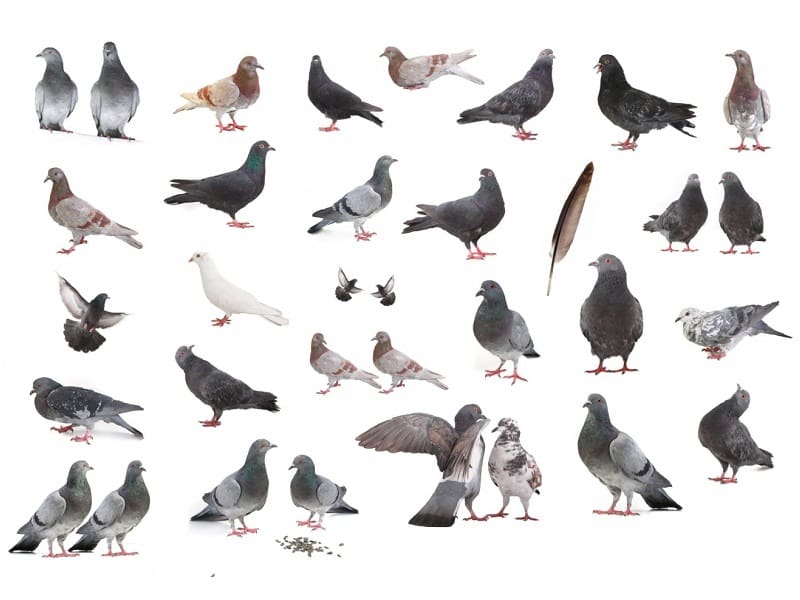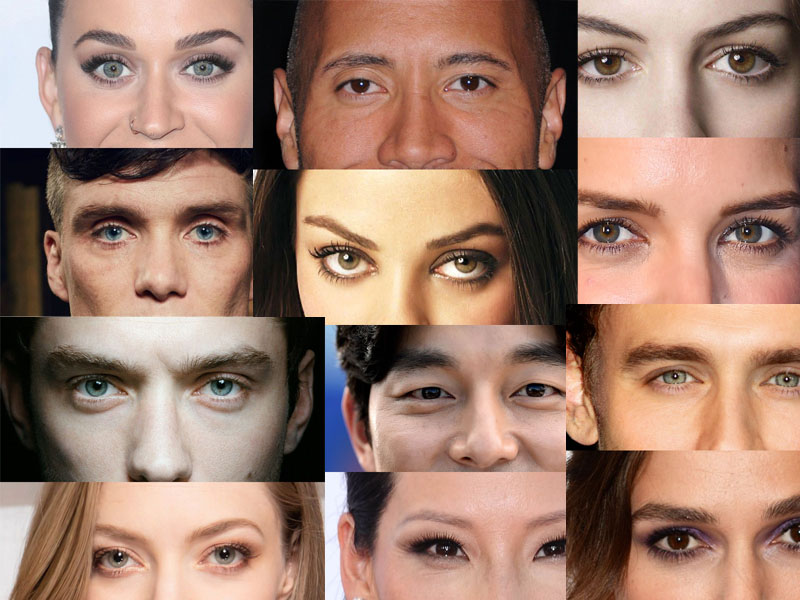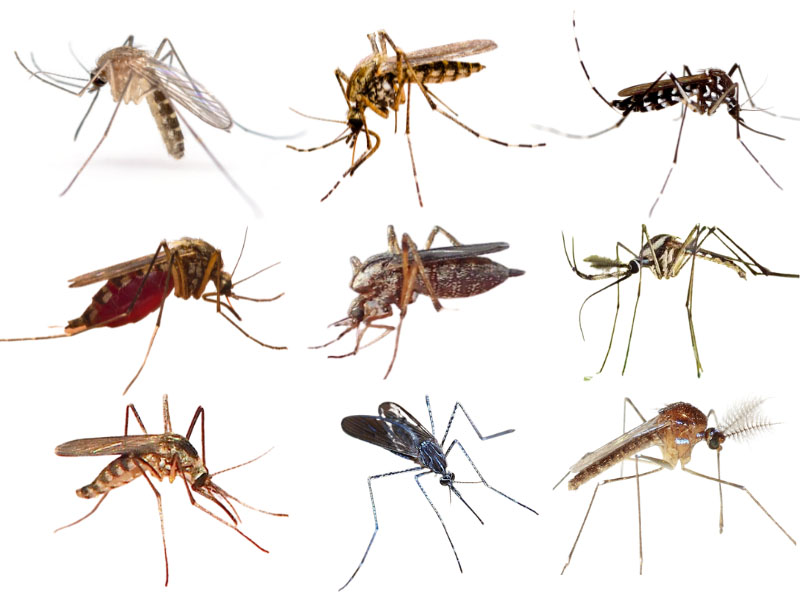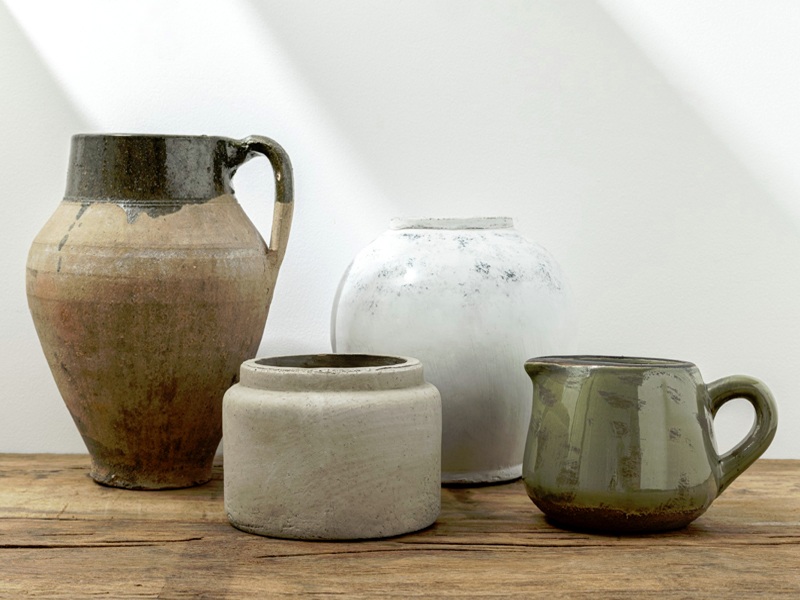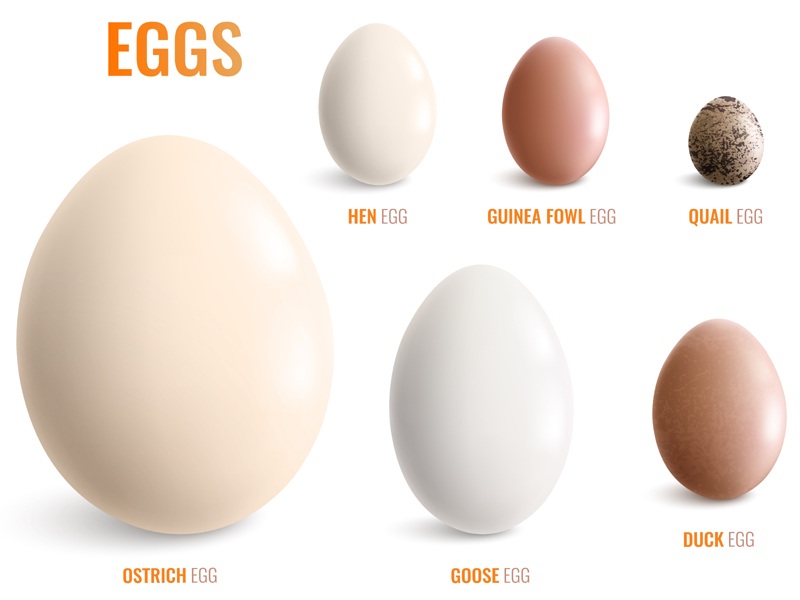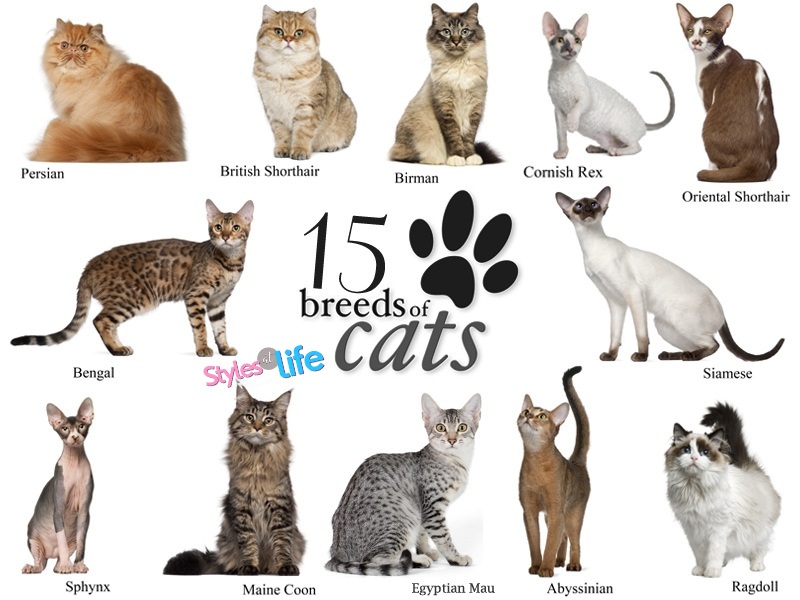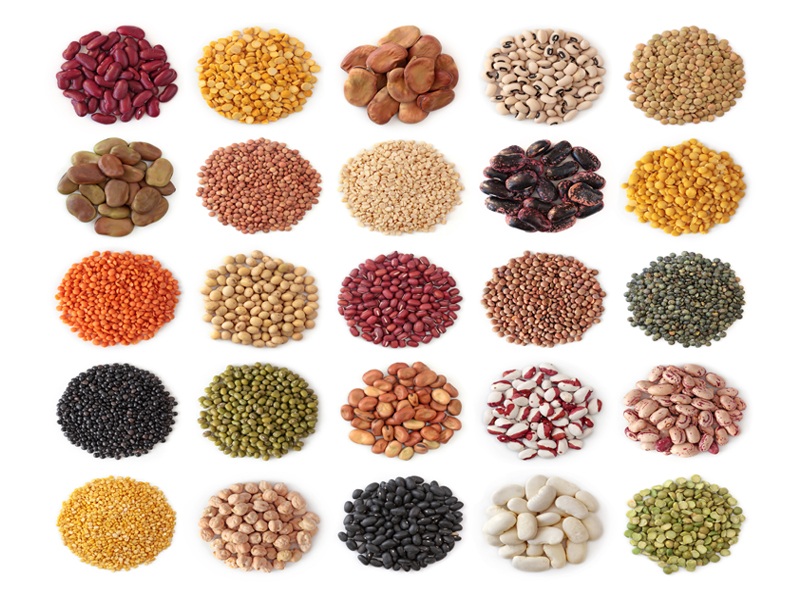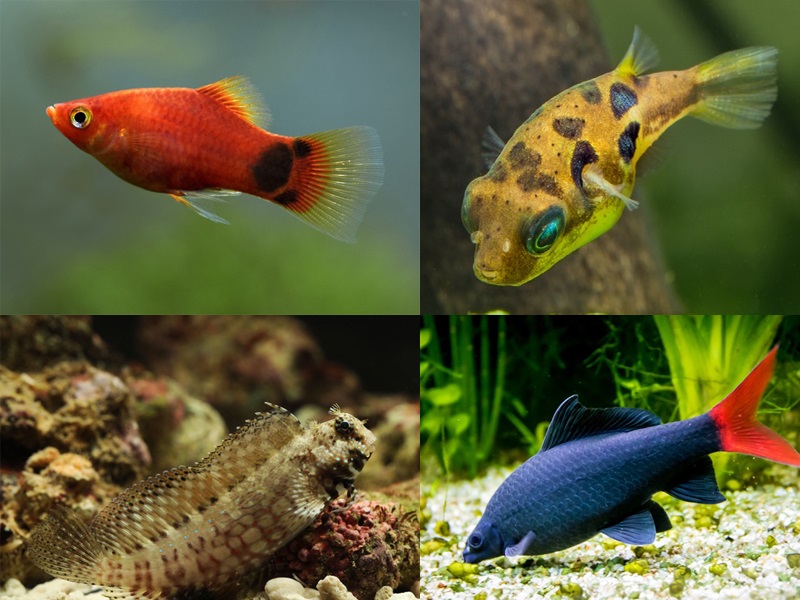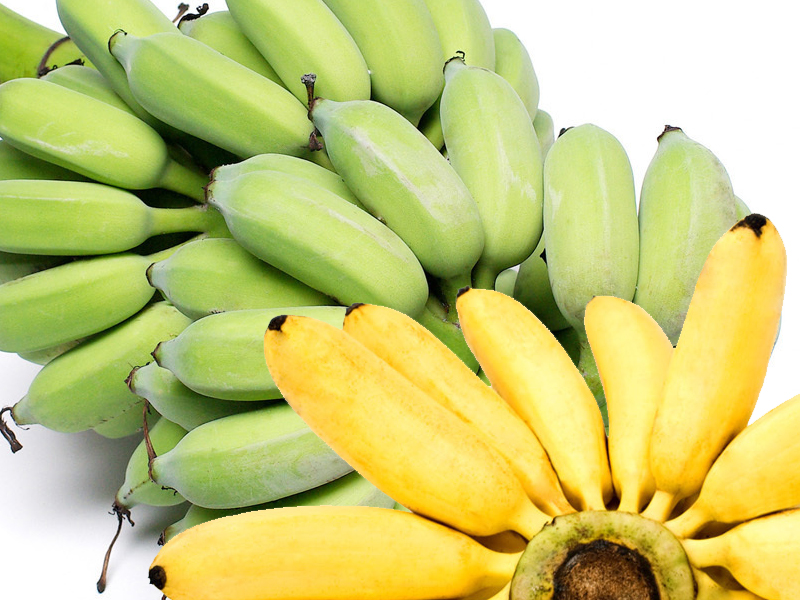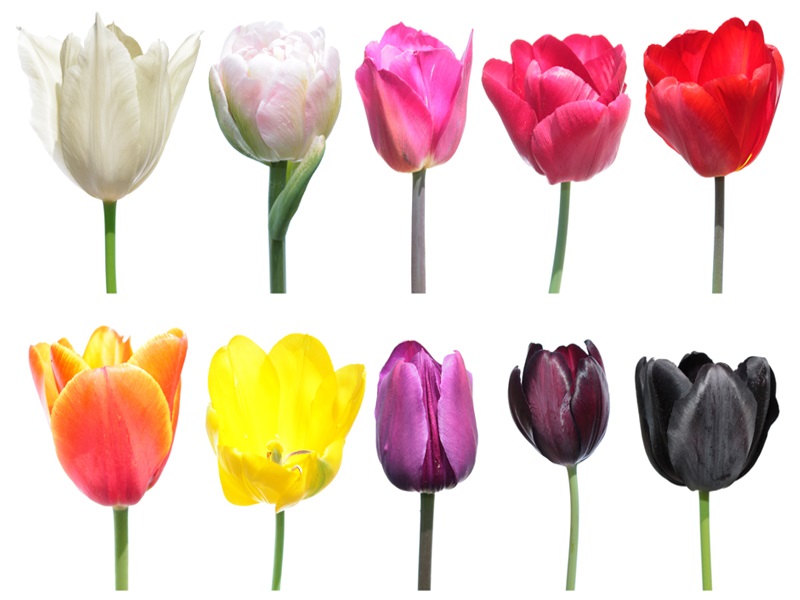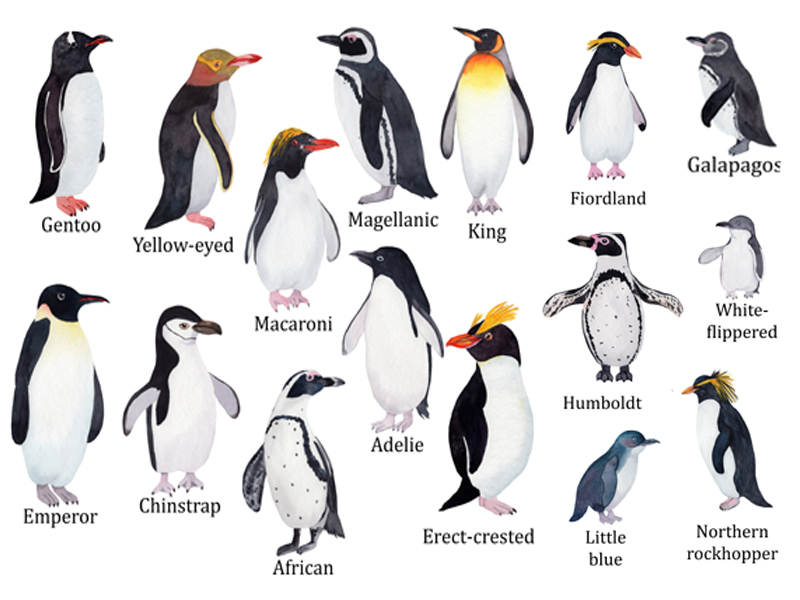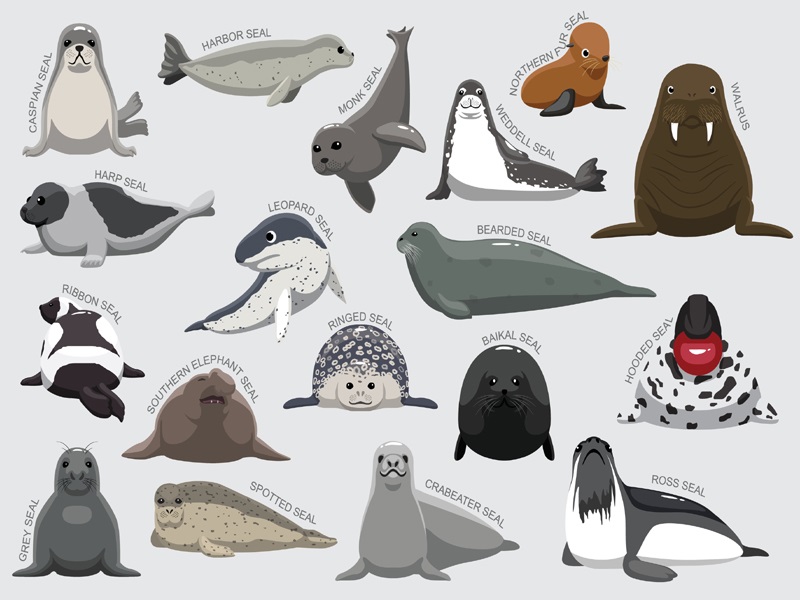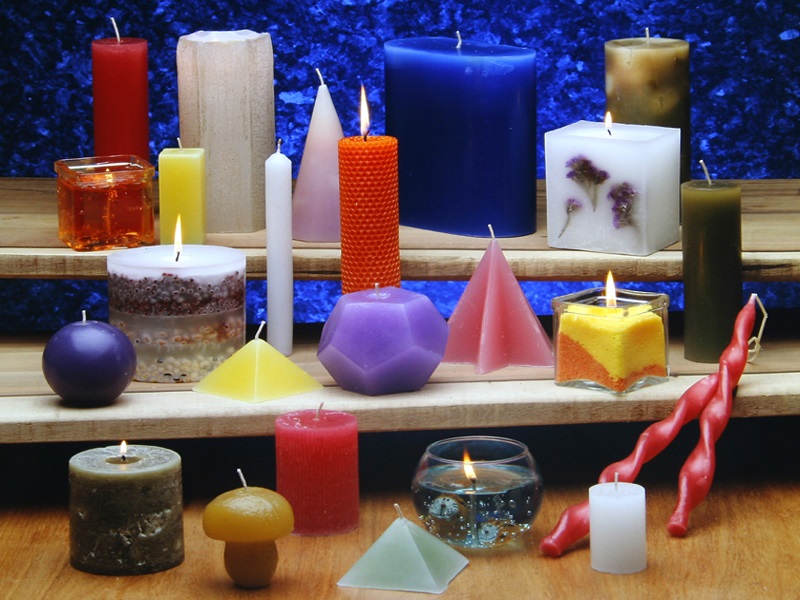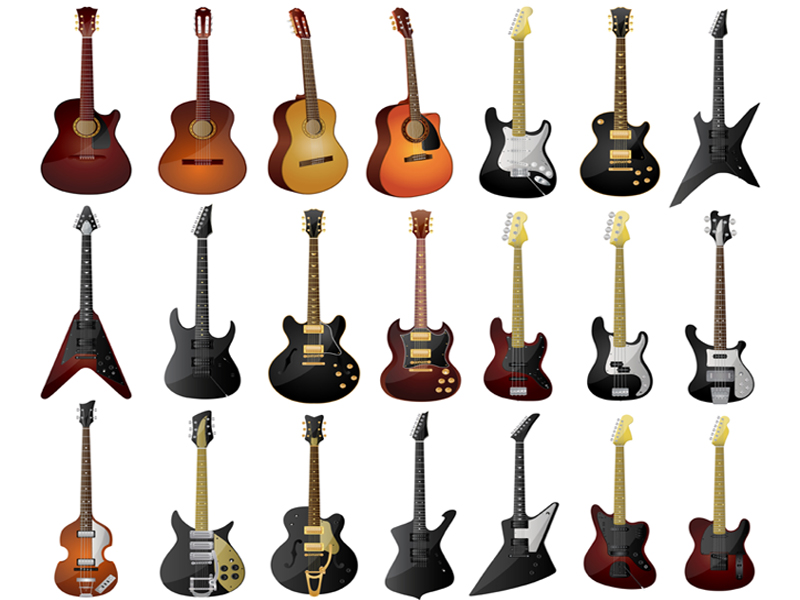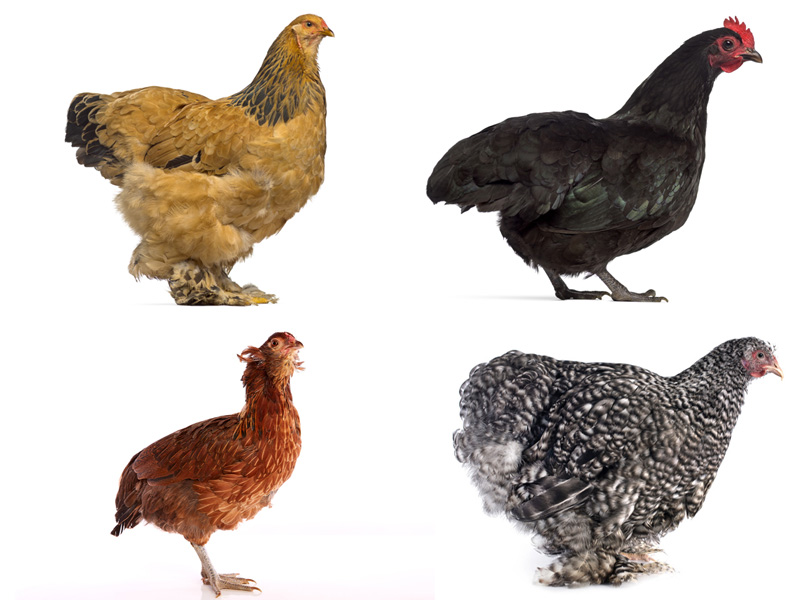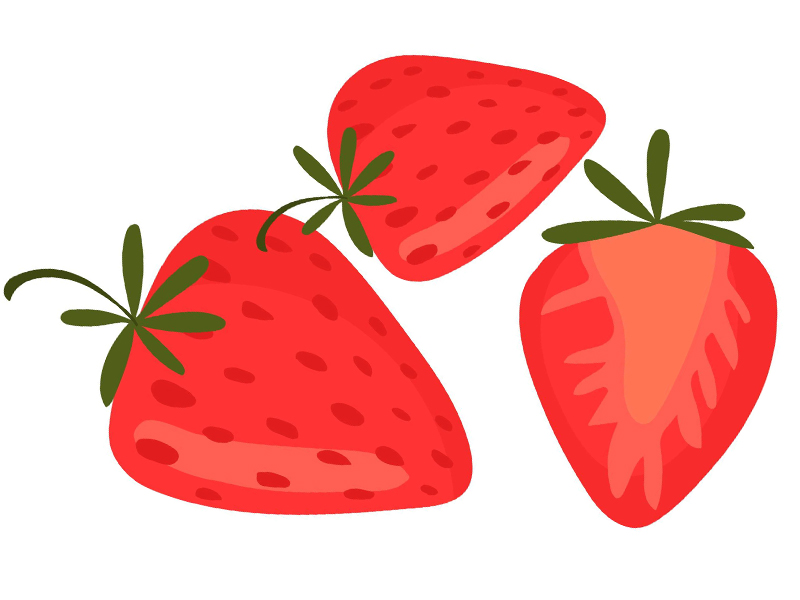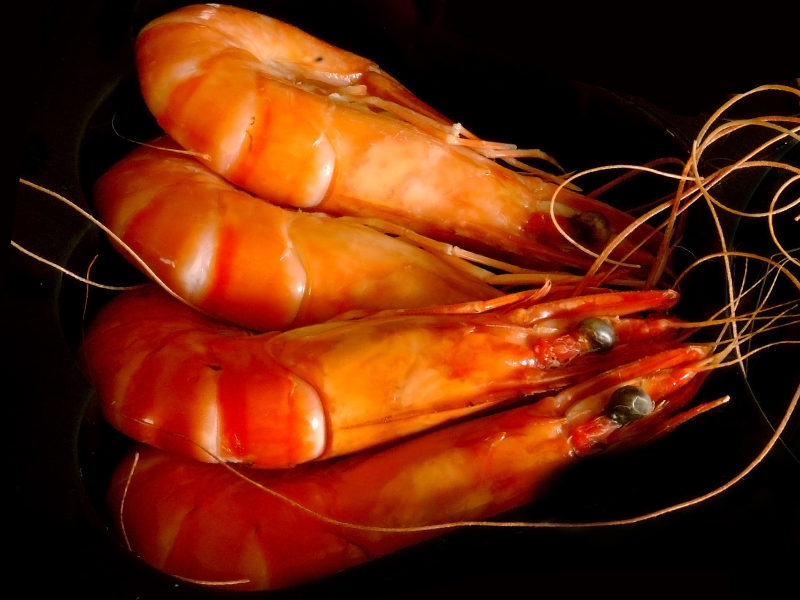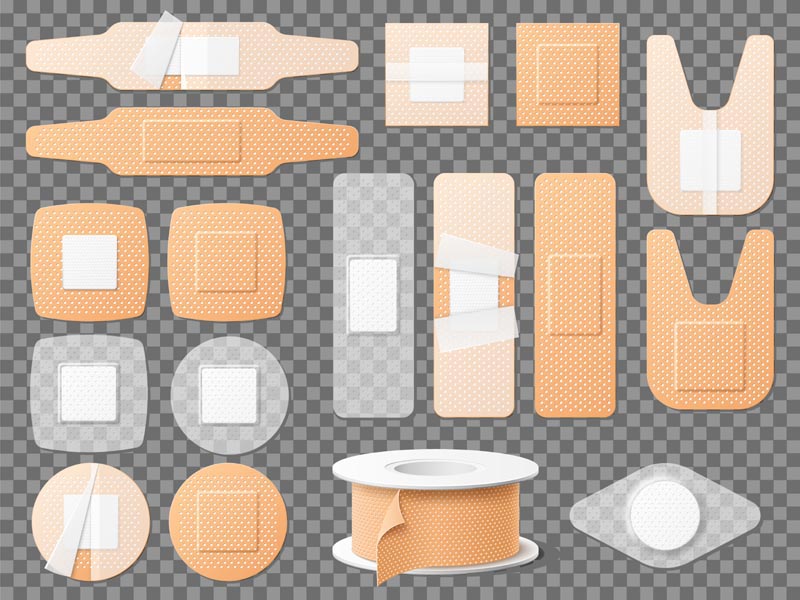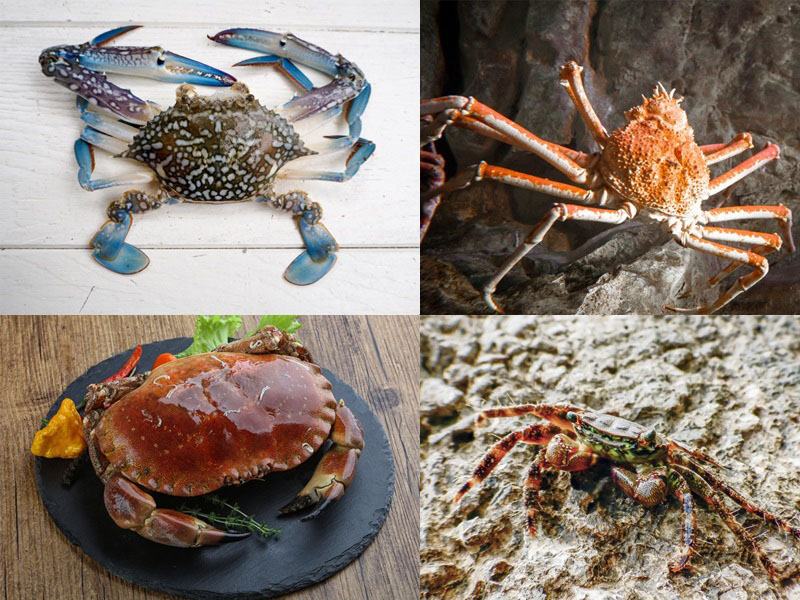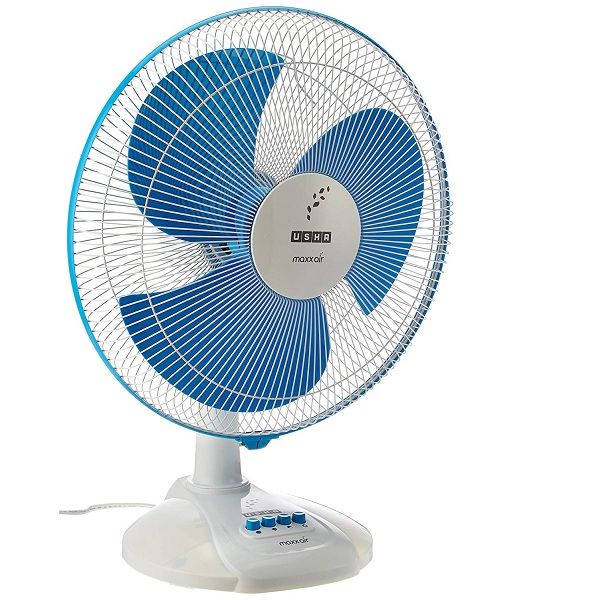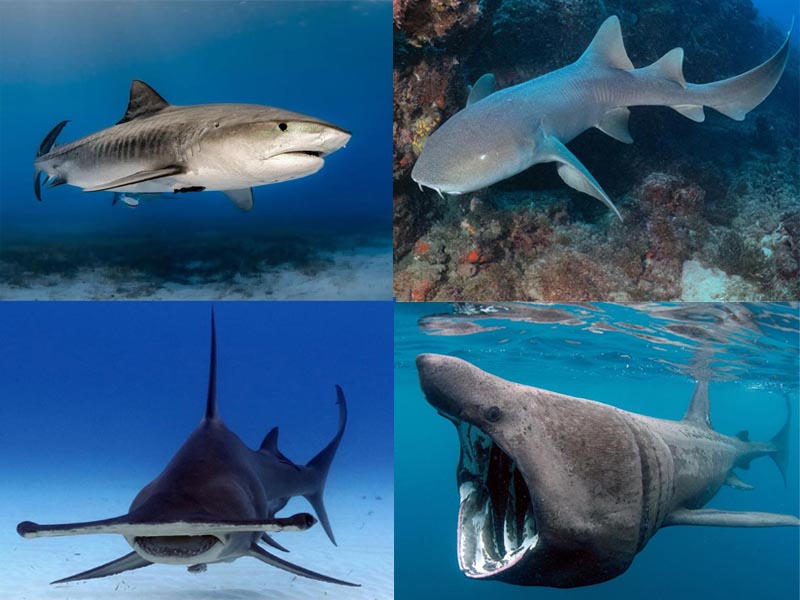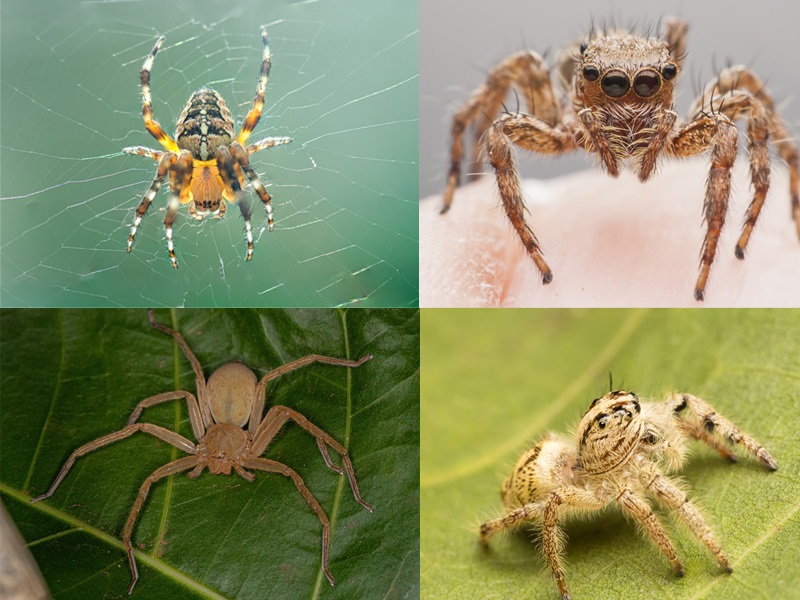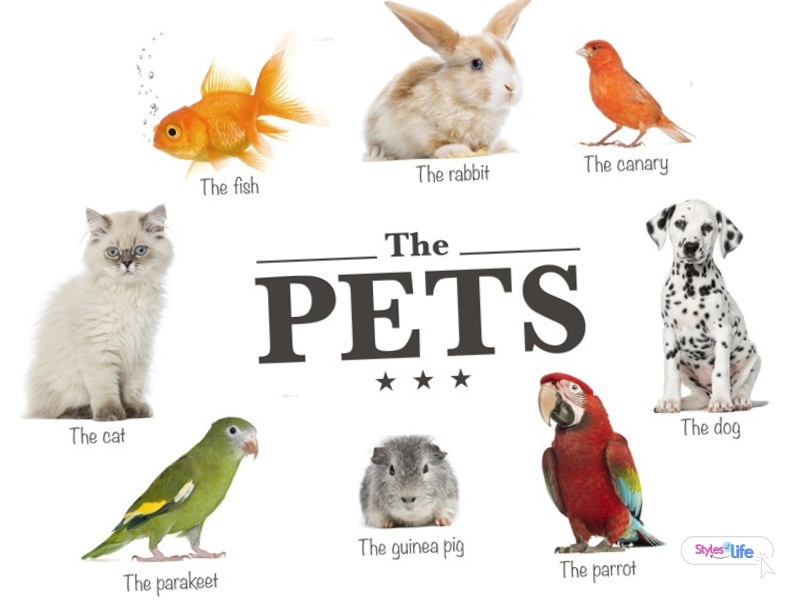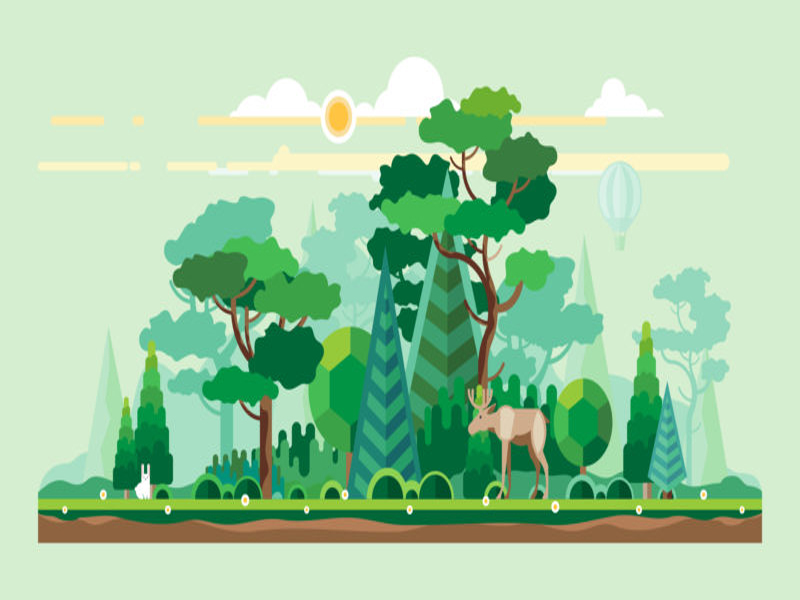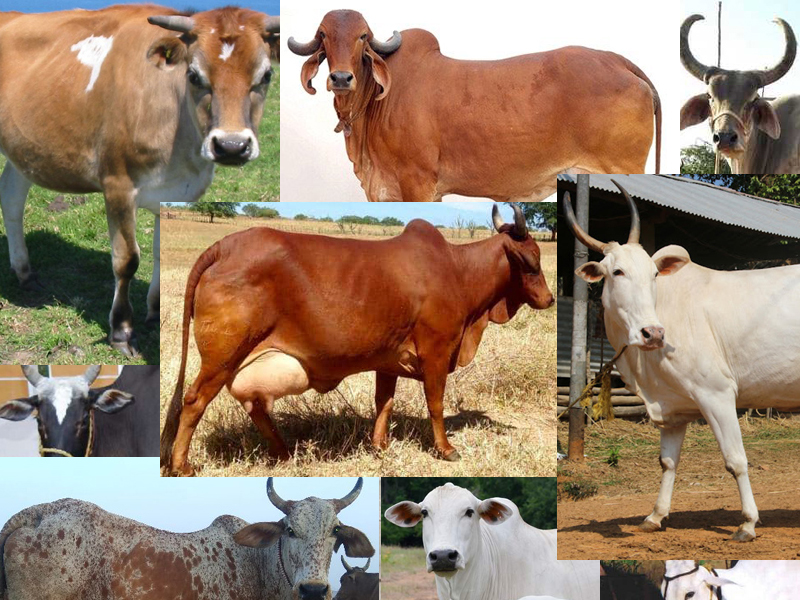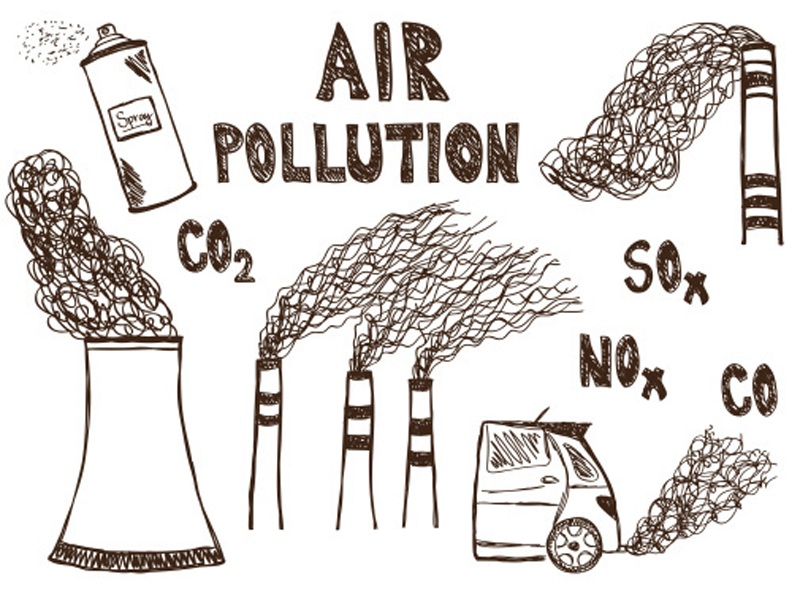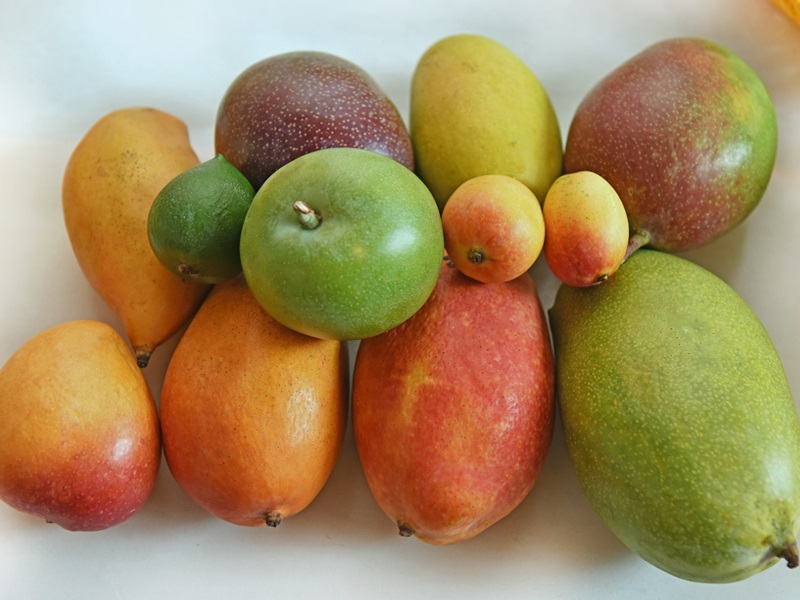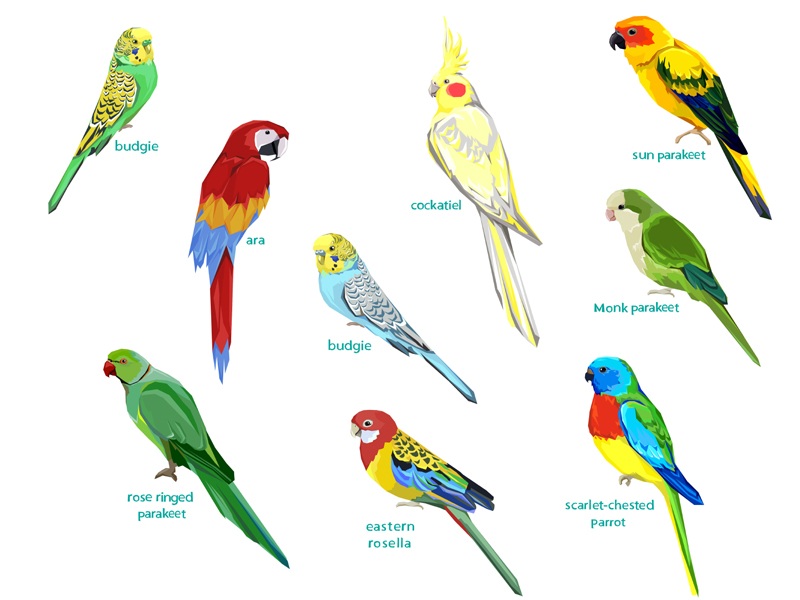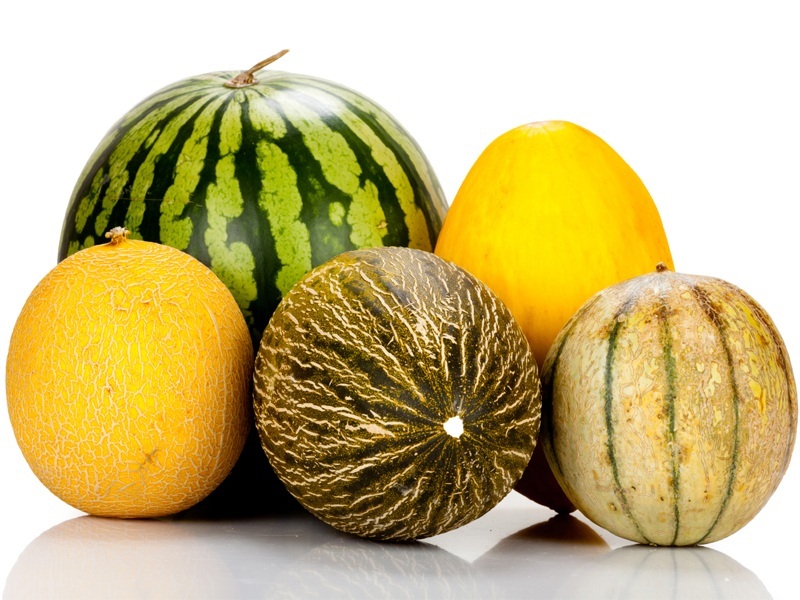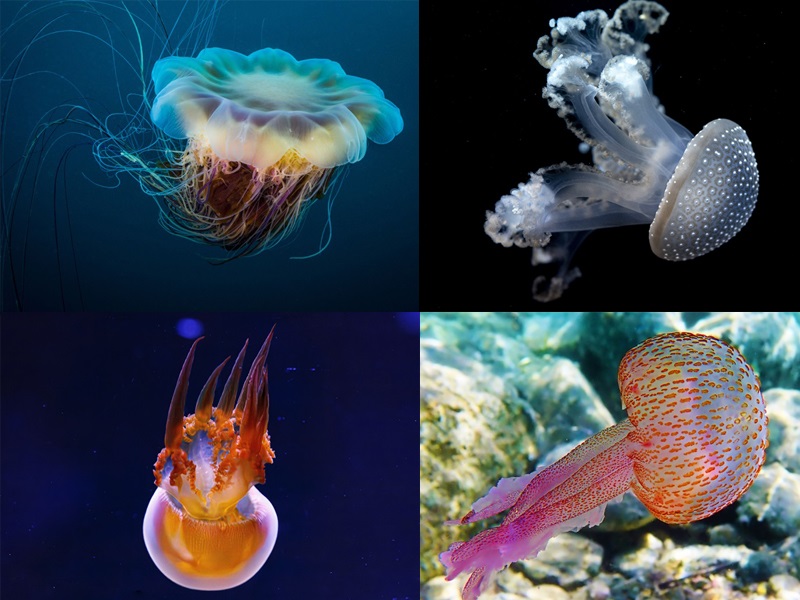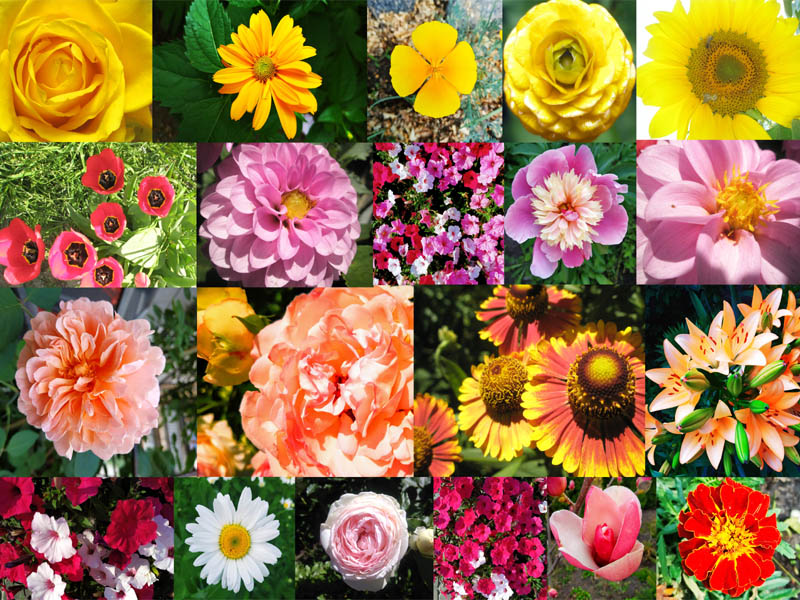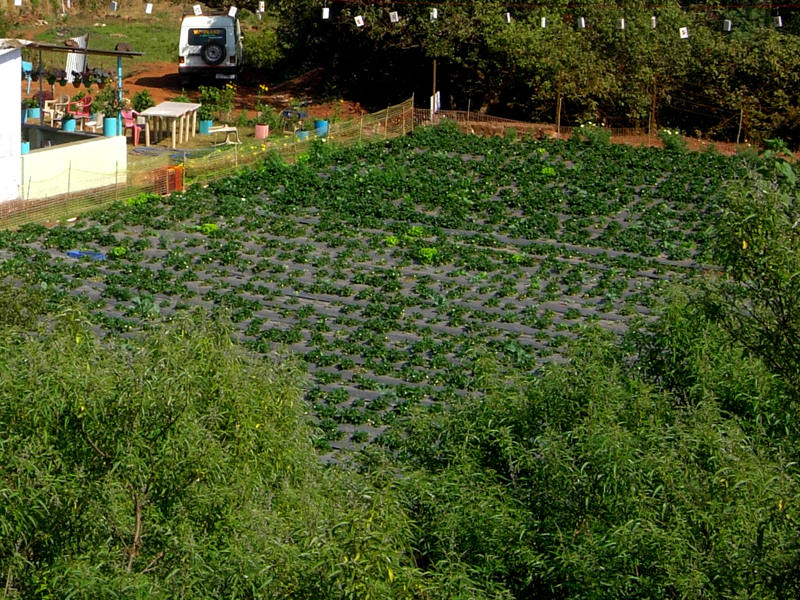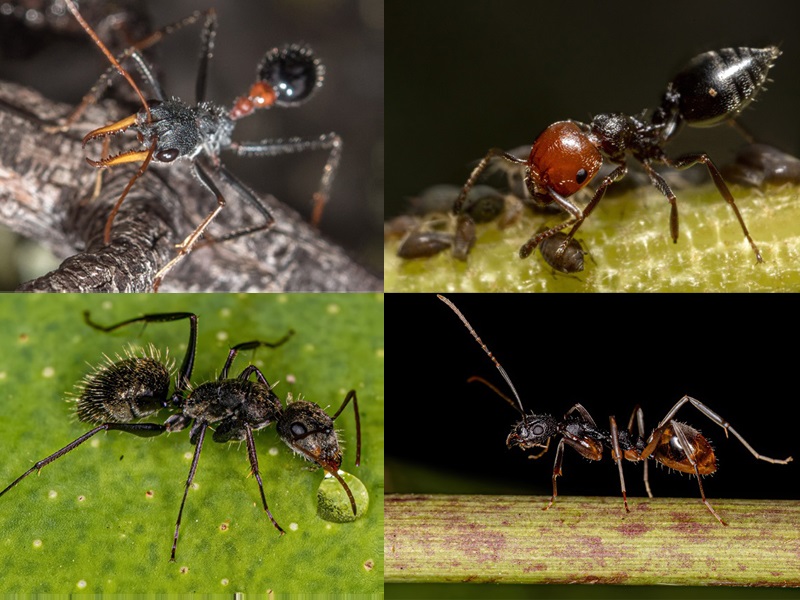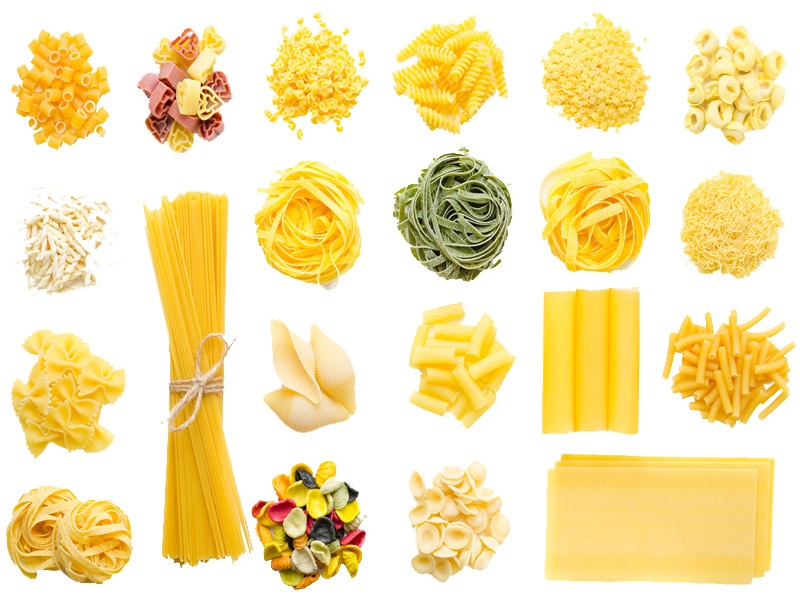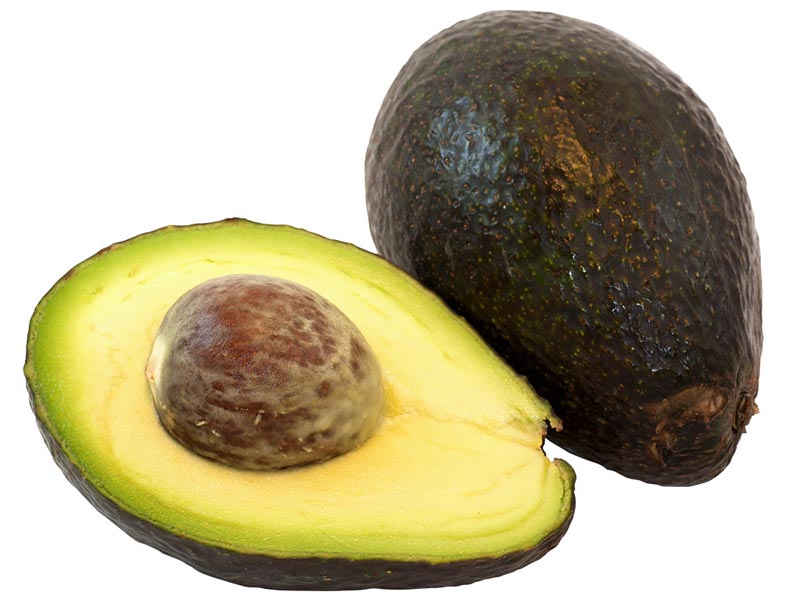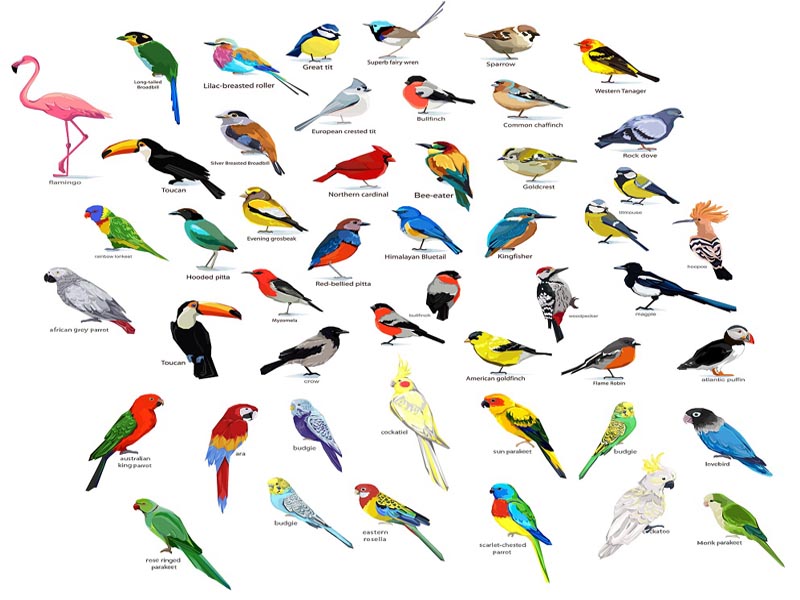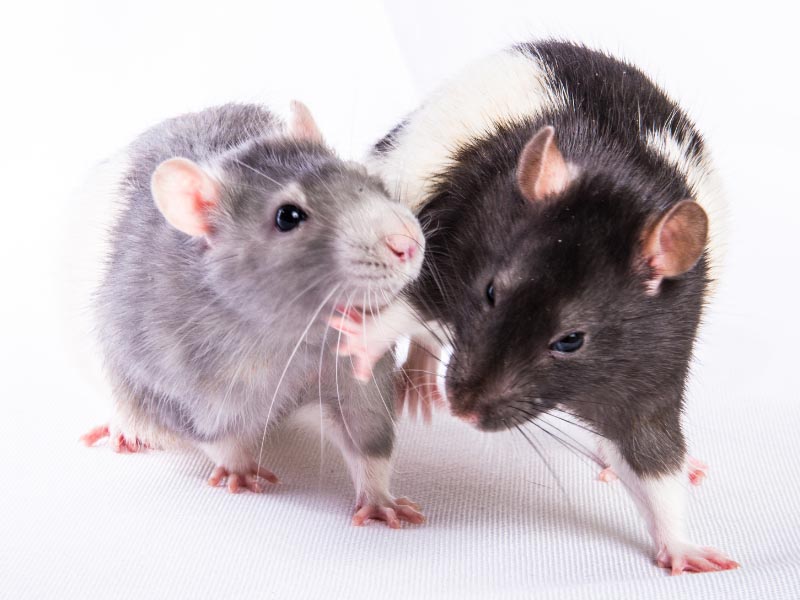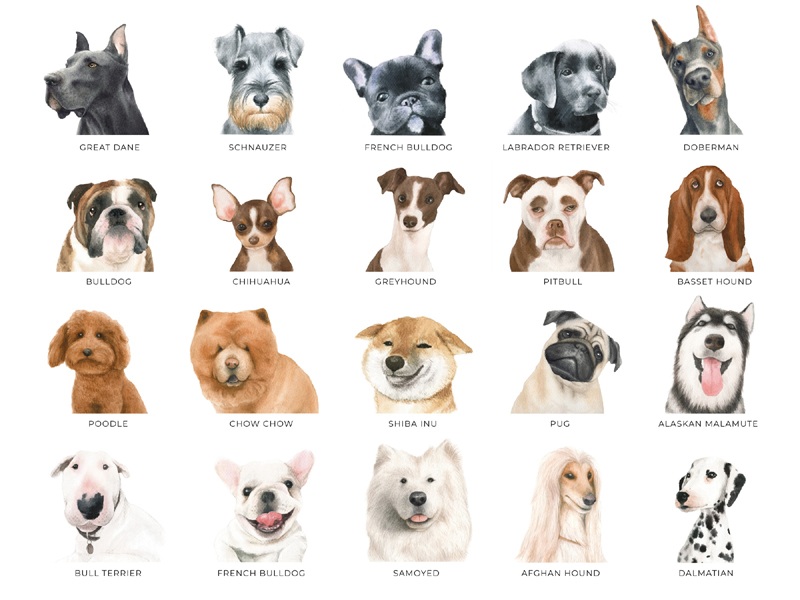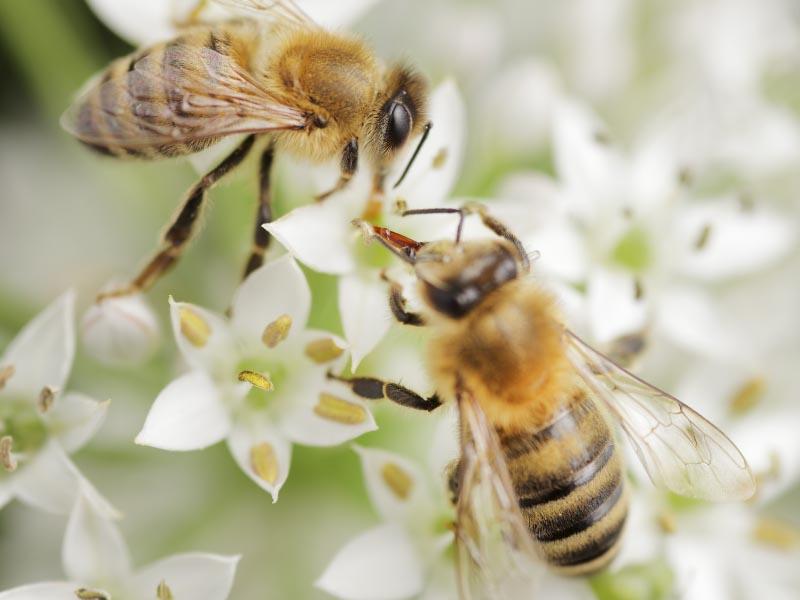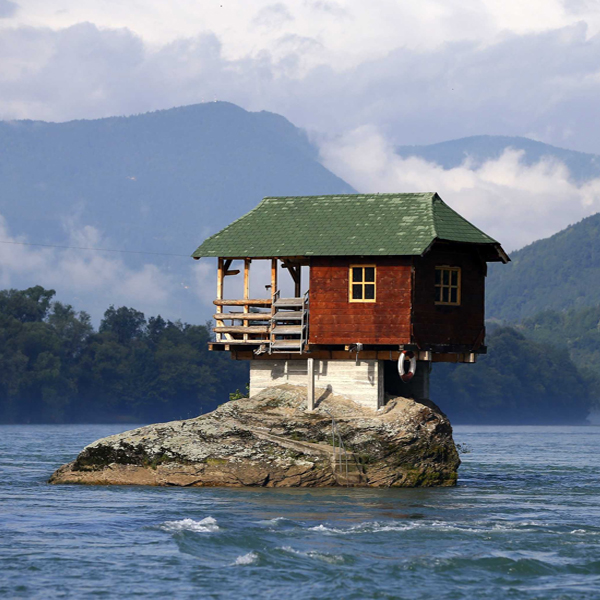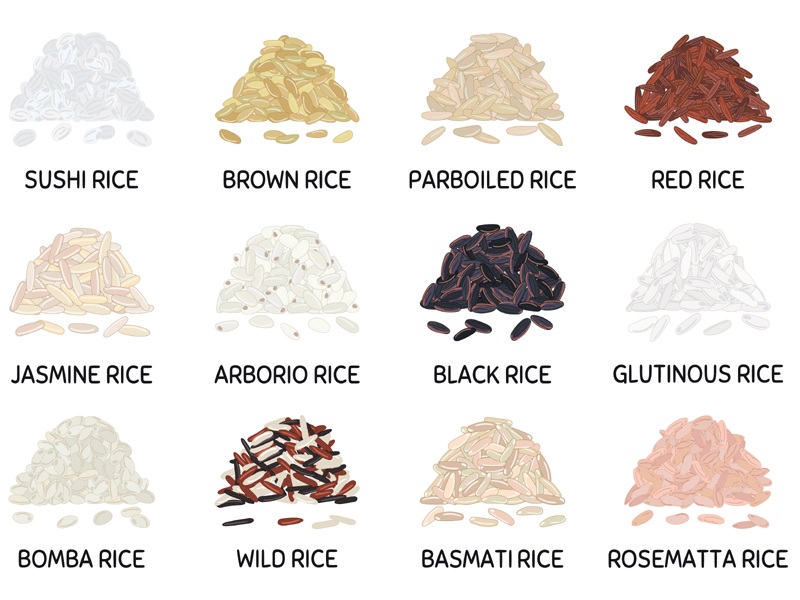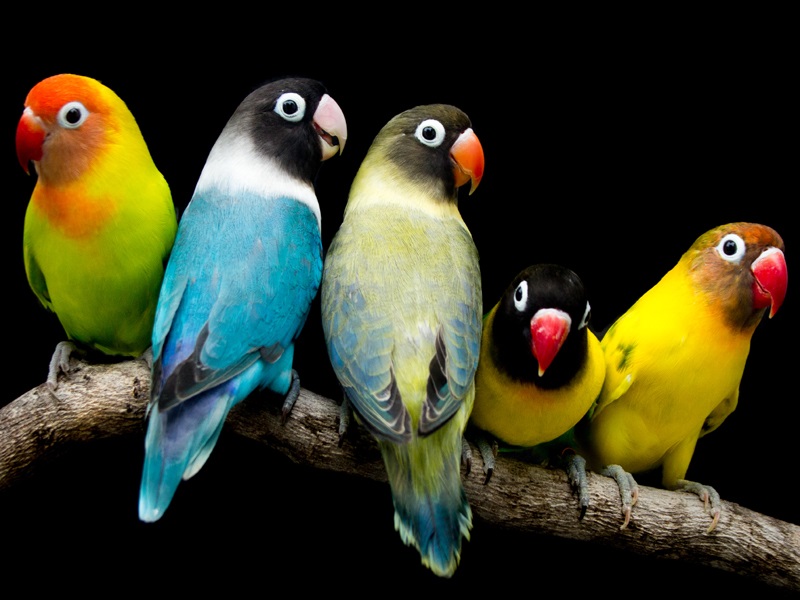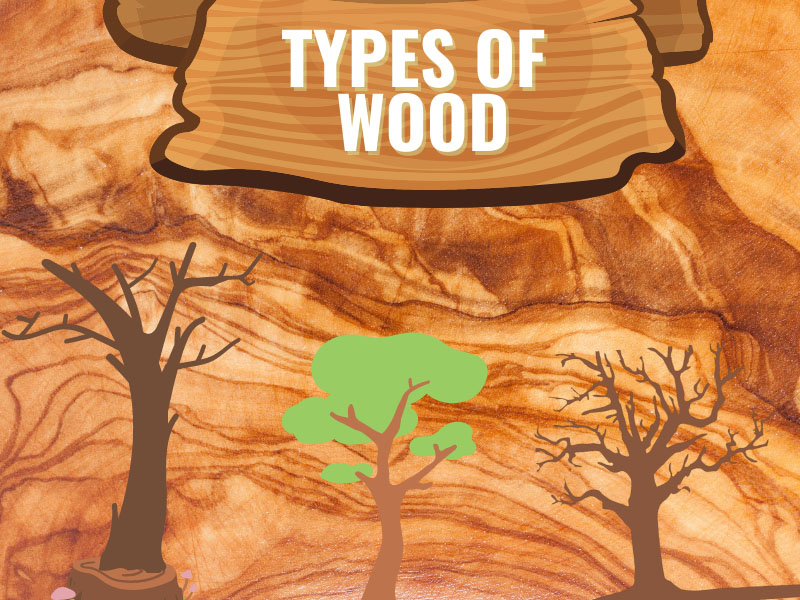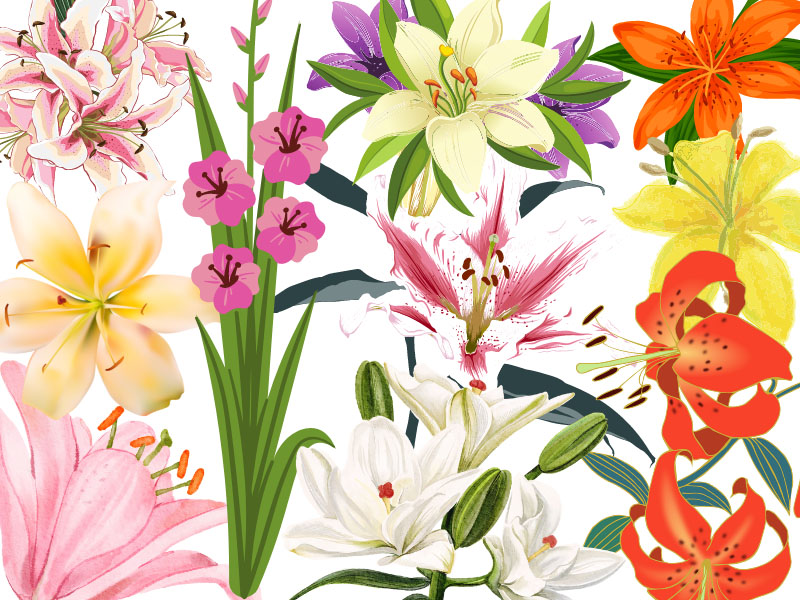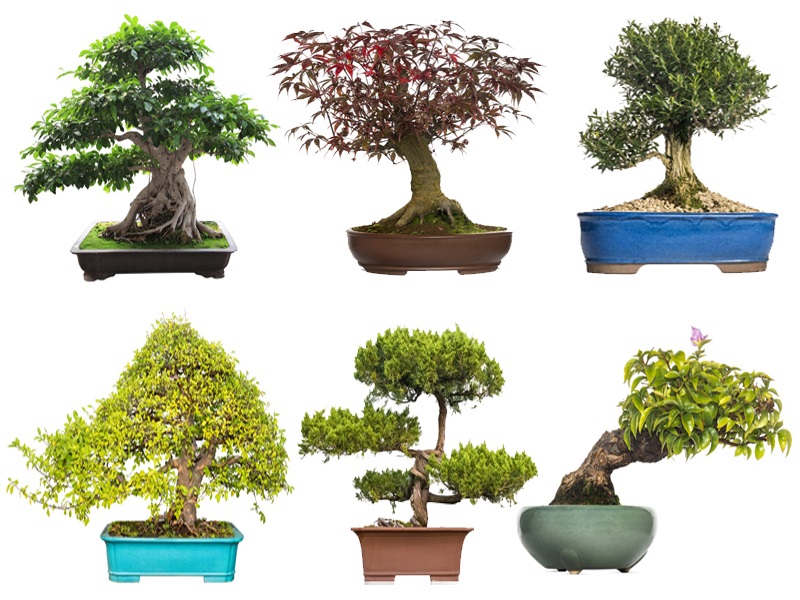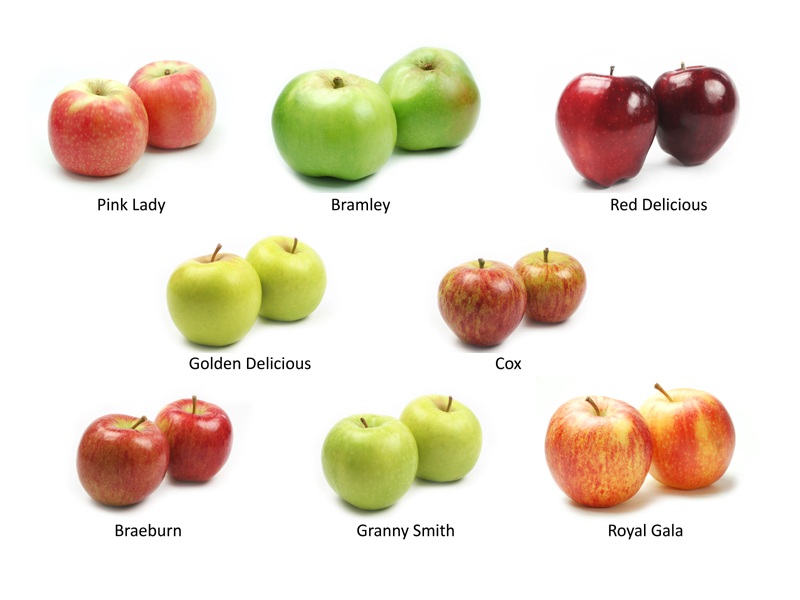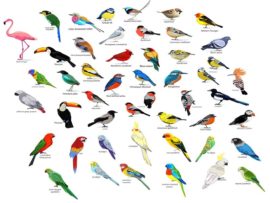Various types of butterflies can be found in today’s nature, and that’s why it needs a book to list them all. Butterflies and moths have been growing together to make a family of insects called Lepidoptera. The family has over 180,000 known species as well. For example, North America is a temperate area with a species count of 700, which can also be found at the borders of Mexico too. Butterflies can also be separated according to the kind of habitats they live as well. Each type of eco-system will have its own different set of butterflies as well.
In this article guide, we will get to know about the different species of butterflies(1) that can be found Colour today, and also their families, and other exact details of their appearances as well. This all about butterflies guide will help in much knowing more about butterflies in detail.
Types of Butterflies in India:
1. Swallowtails:
- Family Scientific Name: Papilio.
- Family Common Name: Papilionidae.
- Identification: The main common name ‘swallowtail’ refers to mainly tail-like appendages on the hind wings, of the most species of this family.
- Characteristics: These types of swallowtails have wing colours, along with various types of patterns on them as well. This makes the identification very easy too. You can find the Papilionidae species all around the world, and it is reported that there are 600 of them, with less than 40 in Northern America. The sizes are large.
2. Brush-Footed Butterflies:
- Family Scientific Name: Nymphalis.
- Family Common Name: Nymphalidae.
- Identification: The members of this family have two pairs of legs. The first pair is reduced in size, and brush-foots use these small legs to taste their food mainly.
- Characteristics: These types of butterfly names list have beautiful designs and patterns of colours strapped on them, with dots and even waves of patterns. The colour is very eye-catching. About 6000 species are found worldwide, with almost 200 species alone in North America. The size is small.
3. Whites and Sulphurs:
- Family Scientific Name: Pieris brassicae, Pieris rapae.
- Family Common Name: Pieridae.
- Identification: Wings with pale white and yellow wings, along with markings in orange or in black. They have three pairs of legs, which are used for walking.
- Characteristics: These butterflies types have a simple pale white or yellow colour, that is not too much colour. These are small to medium-sized butterflies. These butterflies can be found in North America (75 species), along with species in Africa and also Tropical Asia too. There are total 1,100 species.
Read : Types of Bird Species
4. Gossamer-Winged Butterflies:
- Family Scientific Name: Lycaenidae.
- Family Common Name: Lycaenidae.
- Identification: The coppers, blue and hairstreaks are altogether known as gossamer-winged butterflies. The wings are streaked with the use of bright colours.
- Characteristics: These kinds of butterflies are smaller in size and are very quick to fly. The colours used on the wings are bright. The wings have a sheer appearance. These butterflies mainly live in the tropical regions and also the temperate zones as well. These butterfly species constitute almost 30 percent of the overall known butterfly species in the world.
Species of Butterflies with Pictures:
5. Milbert’s Tortoiseshell:
This is a small-sized butterfly with square-like forelimbs as well. The females lay 900 eggs. The caterpillar feeds on nettles while the adults on flowers, sap, and rotting fruit.
- Scientific Name: Nymphalis milberti.
- Colour: Black, brown, golden.
- Size: 1.6 – 2.5 inches.
- Family Name: Nymphalis.
- Living Area: North America, South Alaska, Mexico.
- Life Cycle: Larva – Adult.
- Life Span: May to October.
6. Zebra Swallowtail:
This butterfly has distinctive white and black markings. The hind wings are elongated as well. The caterpillar is yellow-green along with yellow and black stripes.
- Scientific Name: Eurytides Marcellus.
- Colour: White, black.
- Size: 2-2.75 inches.
- Family Name: Papilionidae.
- Living Area: N. America, Florida, Canada, USA.
- Life Cycle: Larva – Adult.
- Life Span: 6 months.
7. Red Admiral:
This is a common migratory butterfly that can be found in various parts of Asia, Europe, and North America. It is a fast flying butterfly. Caterpillar eats nettles.
- Scientific Name: Vanessa atalanta.
- Colour: Orange, black.
- Size: 2 inches.
- Family Name: Nymphalidae.
- Living Area: North America, Europe, Asia.
- Life Cycle: Larva – Pupal – Adult.
- Life Span: March through October.
8. Monarch Butterfly:
This is a common poisonous butterfly that can be found worldwide as well. It eats mainly on the milkweed plant and also lays eggs on the same as well.
- Scientific Name: Danaus plexippus.
- Colour: Orange with black.
- Size: 3 3/8 – 4 7/8 inches.
- Family Name: Nymphalidae.
- Living Area: North America, Worldwide.
- Life Cycle: Eggs – Larvae – Pupa – Adult.
- Life Span: – two to six weeks.
9. Karner Blue Butterfly:
This is a small butterfly and is also an endangered species as well. It lives in the oak savannas and also in pine barrens too.
- Scientific Name: Lycaeides melissa samuelis.
- Colour: Silver, dark blue, grey, brown.
- Size: 1 inch.
- Family Name: Lycaenidae.
- Living Area: USA.
- Life Cycle: Eggs – Larva – Pupa – Adult.
- Life Span: 3 – 5 days.
10. Blue Morpho Butterfly:
The blue wings on this butterfly look stunning, and the males are more brightly coloured than females. Adults drink the juice of rotting fruit.
- Scientific Name: Morpho Menelaus.
- Colour: Blue, brown.
- Size: 12 cm.
- Family Name: Nymphalidae.
- Living Area: South and Central America, Mexico, Venezuela.
- Life Cycle: Egg – Caterpillar – Adult.
11. Julia:
This is a tropical butterfly along with long forewings. These butterflies have a large head along with a bad smell and taste.
- Scientific Name: Dryas Julia.
- Colour: Yellowish orange.
- Size: 82 to 92 mm.
- Family Name: Nymphalidae.
- Living Area: Brazil, USA, East Nebraska.
- Life Cycle: Egg – Larva – Pupa – Adult.
12. Mourning Cloak Butterfly:
One of the best features of this butterfly is its unusual forewings. The larva eats leaves of the elm, Betula, and Salix, while the adult sips fruit juices, flower nectar, and oak sap.
- Scientific name: Nymphalis antiopa.
- Colour: Brown, pale yellow.
- Family name: Nymphalidae.
- Living area: Britain, North America.
- Life cycle: Eggs – Larvae – Pupae – Adult.
- Life span: 11 to 12 months.
13. Peacock Butterfly:
The butterfly is known as the peacock butterfly, and it makes a hissing sound when it is alarmed. The sound is made by ribbing its wings both together.
- Scientific Name: Aglais io.
- Colour: Brown, purple, grey.
- Size: 50 to 55 mm.
- Family Name: Nymphalidae.
- Living Area: Temperate Asia, Europe, Japan.
- Life Cycle: Eggs – Caterpillar – Chrysalis – Adult.
- Life Span: One season.
14. American Snout Butterfly:
The American Snout has long sized labial palps along with a long snout as well. Males have a smaller leg size than females.
- Scientific Name: Libytheana carinenta.
- Colour: Pale brown.
- Size: 1 3/8 – 2 inch.
- Family Name: Nymphalidae.
- Living Area: North and south America.
- Life Cycle: Eggs – caterpillar – adult.
Read Also: Types of Pets Pictures
15. Southern Dog Face:
This butterfly is also known as the dog’s head butterfly as well. There is a dark circle in the center of each forewing. Males have much brighter colours than females.
- Scientific Name: Zerene cesonia.
- Colour: Yellow, brown.
- Size: 2 1/4 – 2 1/2 inches.
- Family Name: Pieridae.
- Living Area: South and North America.
- Life Cycle: Eggs – Larva – Chrysalis – Adult.
16. Queen Alexandra Birdwing Butterfly:
The butterfly is known as one of the biggest butterflies on the planet, due to its wingspan. The colours of the butterfly also look unique and stunning as well.
- Scientific Name: Ornithoptera alexandrae.
- Colour: Blue, green, black.
- Size: 20 – 30 cm.
- Family Name: Papilionidae.
- Living area: Papua New Guinea.
- Life Cycle: Eggs – larva – pupa – imago – adult.
17. Giant Owl Butterfly:
Having a unique pattern like an owl’s eye on the wings is one of the unique features of this butterfly. These type of butterflies can be located under trees.
- Scientific Name: C. eurilochus.
- Colour: Brown, pale yellow, white.
- Size: 65–200 mm.
- Family Name: Nymphalidae.
- Living Area: Central and South America, Mexico.
- Life Cycle: Eggs – Larva – Pupa – Adult.
18. 88 Butterfly:
One of the unique looking species of butterflies that you can find in mother nature. The butterfly has a unique number 88 written on them, mainly on their wings.
- Scientific Name: Diaethria.
- Color: White/black, black/blue.
- Family Name: Nymphalidae.
- Living Area: Paraguay, Mexico, Brazil.
- Life Cycle: Eggs – Larvae – Adult.
19. Dead Leaves Butterfly:
This butterfly is the master of camouflage with their wings mostly shaped like dead leaves. These types of butterflies are also hard to see in forests as well, as they can blend in well.
- Scientific Name: Kallima inachus.
- Colour: Pale brown.
- Size: 85 to 110 millimetres.
- Family Name: Nymphalidae.
- Living Area: India, South Asia, Madagascar.
- Life Cycle: Eggs – Larva – pupa -adult.
20. Glasswing Butterfly:
These are some One of the most beautiful looking butterflies that you will ever see in your life. The wings have a crystal clear like glass design.
- Scientific Name: Greta oto.
- Colour: Red.
- Size: 5.6 to 6.1 centimetres.
- Family Name: Nymphalidae.
- Living Area: South and Central America, Texas, Chile.
- Life Cycle: Egg – larva – pupa – adult.
21. Summer Azure Butterfly:
Blue is the colour of the wings of this butterfly. It is also known as the butterflies of Canada as well. These butterflies migrate from June to October.
- Scientific Name: Celastrina neglecta.
- Colour: White, blue.
- Size: 23 to 29 mm.
- Family Name: Lycaenidae.
- Living Area: USA, Canada.
- Life Cycle: Eggs – larva – adult.
22. Viceroy:
The name of the butterfly is given viceroy because of its black and orange colour. This butterfly is mainly active at during noon, till the ending time.
- Scientific Name: Limenitis archippus.
- Colour: Orange, yellow, black.
- Size: 53 and 81 mm.
- Family Name: Nymphalidae.
- Living Area: Texas, Gulf coasts of North America, Atlantic, Sierra, Nevada mountains, Cascade Range mountains.
- Life Cycle: Eggs – Larva – Caterpillar – Pupa – Adul.
23. Tiger Swallowtail Butterfly:
One of the stunning looking butterflies that can be located around every continent on the planet. The skin on their wings almost resembles like a tiger.
- Scientific Name: Papilio.
- Colour: Brown, yellow, blue.
- Size: -3.5’’-5.5’’.
- Family Name: Papilionidae.
- Living Area: Every tropical continent except Antarctica.
- Life Cycle: Egg – Larva – Pupa – Imago – Adult.
24. Ulysses Butterfly:
This butterfly type can be easily recognized by the beautiful coloured wings, and thus looks very stunning as well. This butterfly is also used as an emblem for tourism in Queensland, Australia.
- Scientific Name: Papilio Ulysses.
- Colour: Blue, black.
- Size: 10.5 cm.
- Family Name: Papilionidae.
- Living Area: Indonesia, Australia, Papua New Guinea, Solomon Islands.
- Life Cycle: Eggs – Larva – Caterpillar – Adult.
Read Also: Different Types of Plant Varieties
25. Adonis Blue:
These butterflies live in limestone grasslands, in England. The females have brown wings, while the males have blue wings. The wings also have thin and dark stripes as well.
- Scientific Name: Polyommatus bellargus.
- Colour: Pale blue, brown.
- Size: 3 cm.
- Family Name: Lycaenidae.
- Living Area: Europe and the Middle East.
- Life Cycle: Eggs – larvae – adult.
26. Montezuma’s Cattle Heart:
This is a native butterfly species of the American continent. These butterflies love to stay in places that are almost 700 meters above sea level. They are also found in Texas and California.
- Scientific Name: Parides Montezuma.
- Colour: Dark blue, pink.
- Family Name: Papilionidae.
- Living Area: Mexico, Costa Rica.
- Life Cycle: Eggs – Larva – adult.
27. Chestnut Tiger:
These butterflies have long and very elongated legs. The butterfly is a migrating species and they can easily travel over 1000 km in order to find areas of pleasant weather.
- Scientific Name: Parantica sita.
- Colour: Black, white, blue, orange, brown.
- Size: 1.7 to 2.6 inches.
- Family Name: Nymphalidae.
- Living Area: India, China, Tibet, Pakistan, Japan, Korea, Himalayas, Taiwan.
- Life Cycle: Eggs – Larva – Pupa – Adult.
28. Duke of Burgundy:
The main place that you can find these butterflies is in the central-southern grasslands of England. This is a threatened species, mainly due to pollution and deforestation.
- Scientific Name: Hamearis Lucina.
- Colour: Brown, pale, beige, black, white.
- Size: 1.14 and 1.25 inches.
- Family Name: Riodinidae.
- Living Area: Europe.
- Life Cycle: Egg – Caterpillar – Pupa – Adult.
29. Small Blue Butterfly:
Even though the name states otherwise, the butterfly is not blue in colour. These butterflies like to stay on grass blades. This species is declining and therefore is being conserved now.
- Scientific Name: Cupido minimus.
- Colour: Dark brown or grey.
- Size: 0.79 to 1.18 inches.
- Family Name: Lycaenidae.
- Living Area: UK.
- Life Cycle: Ovum – Larva – Pupa – Imago – Adult.
Read Also: Types of Lily Flowers Pics
It can be easily seen that there are different types of butterflies with pictures and names that can be found in nature. Each has its own distinct colour and pattern grade on its wings, and therefore each of the butterflies listed in the article guide is all unique in their ways. It is essential to first go through the guide in its entirety, to get a full grasp of the kinds of species and also their families as well too.


